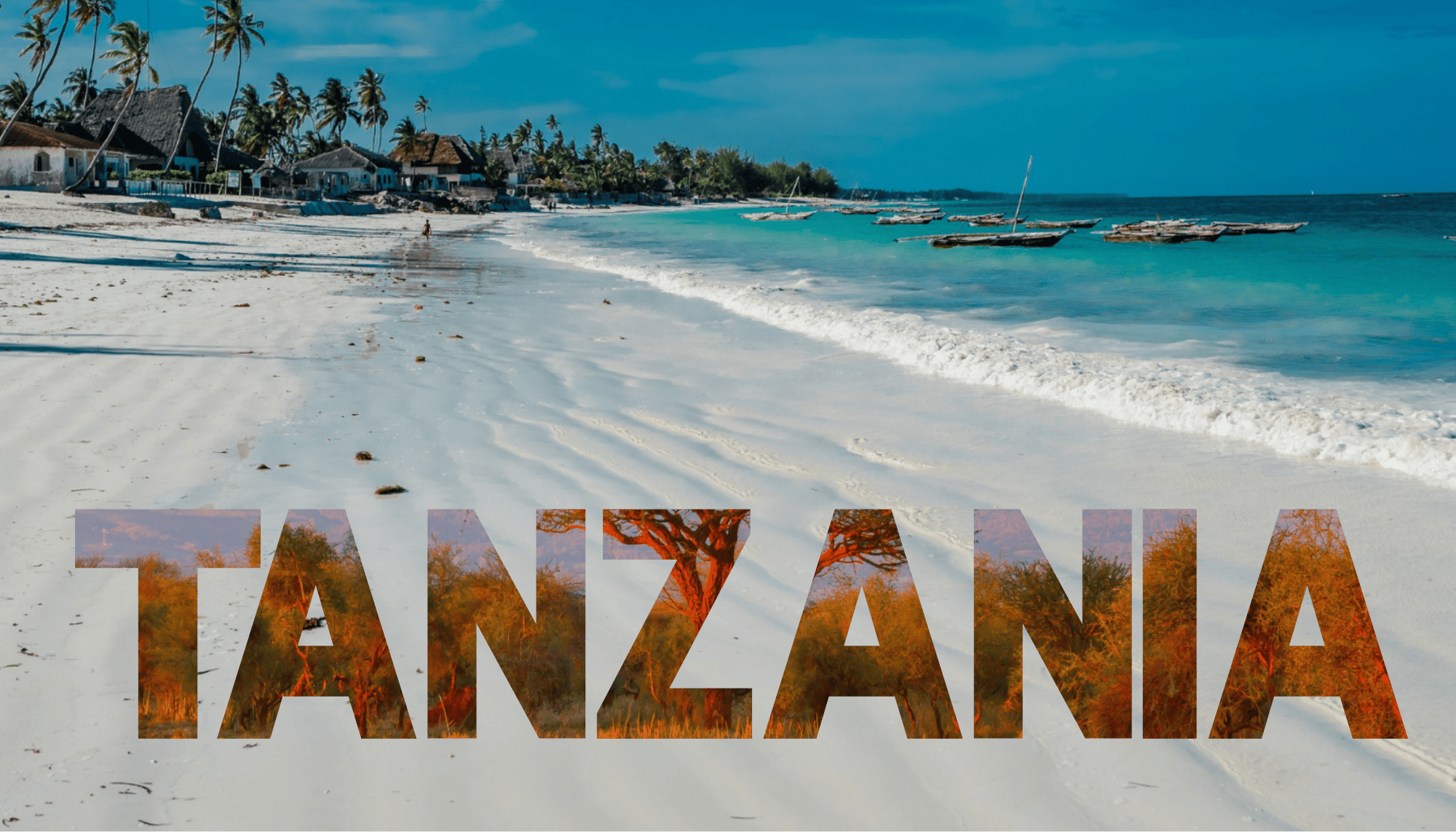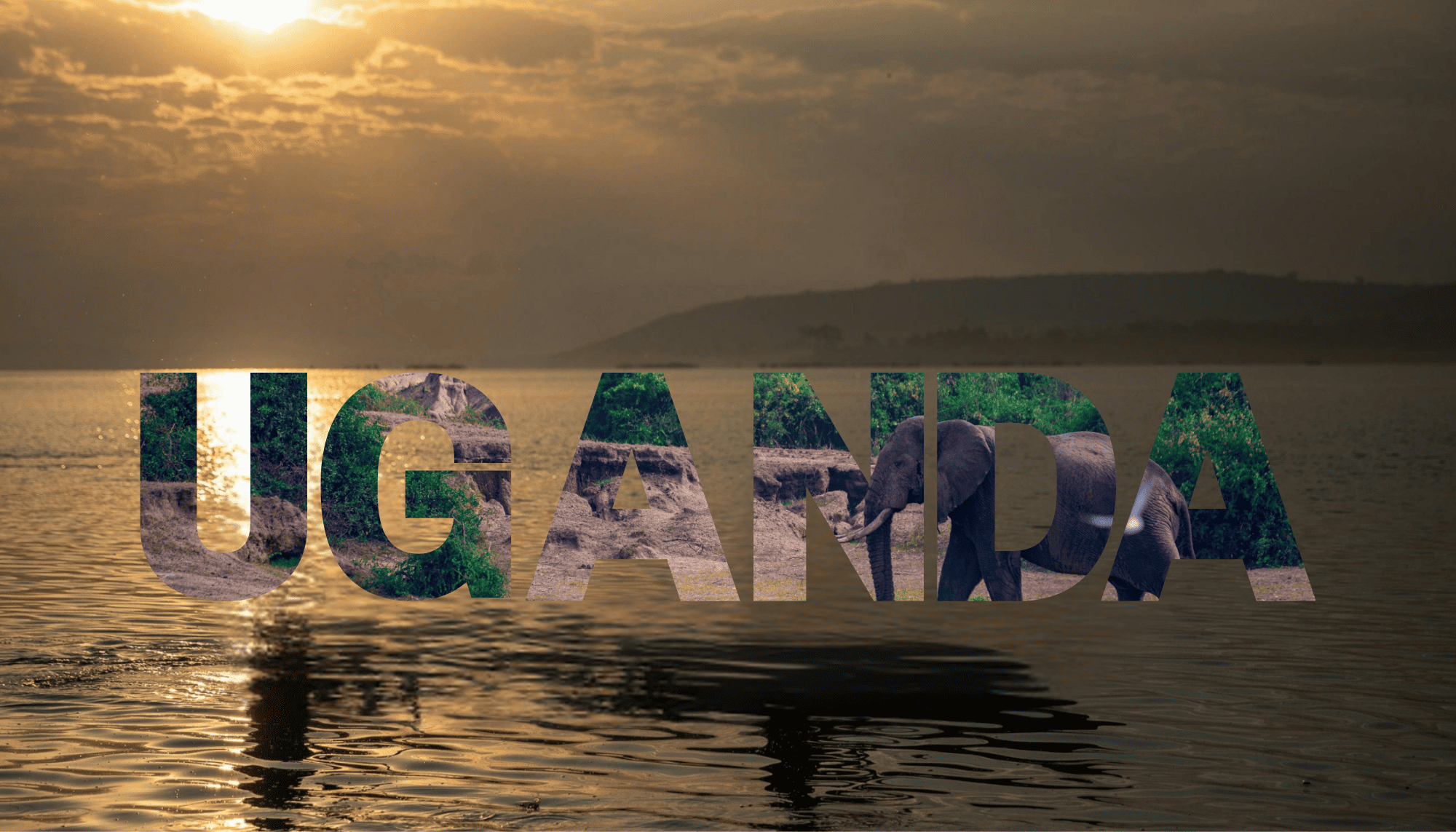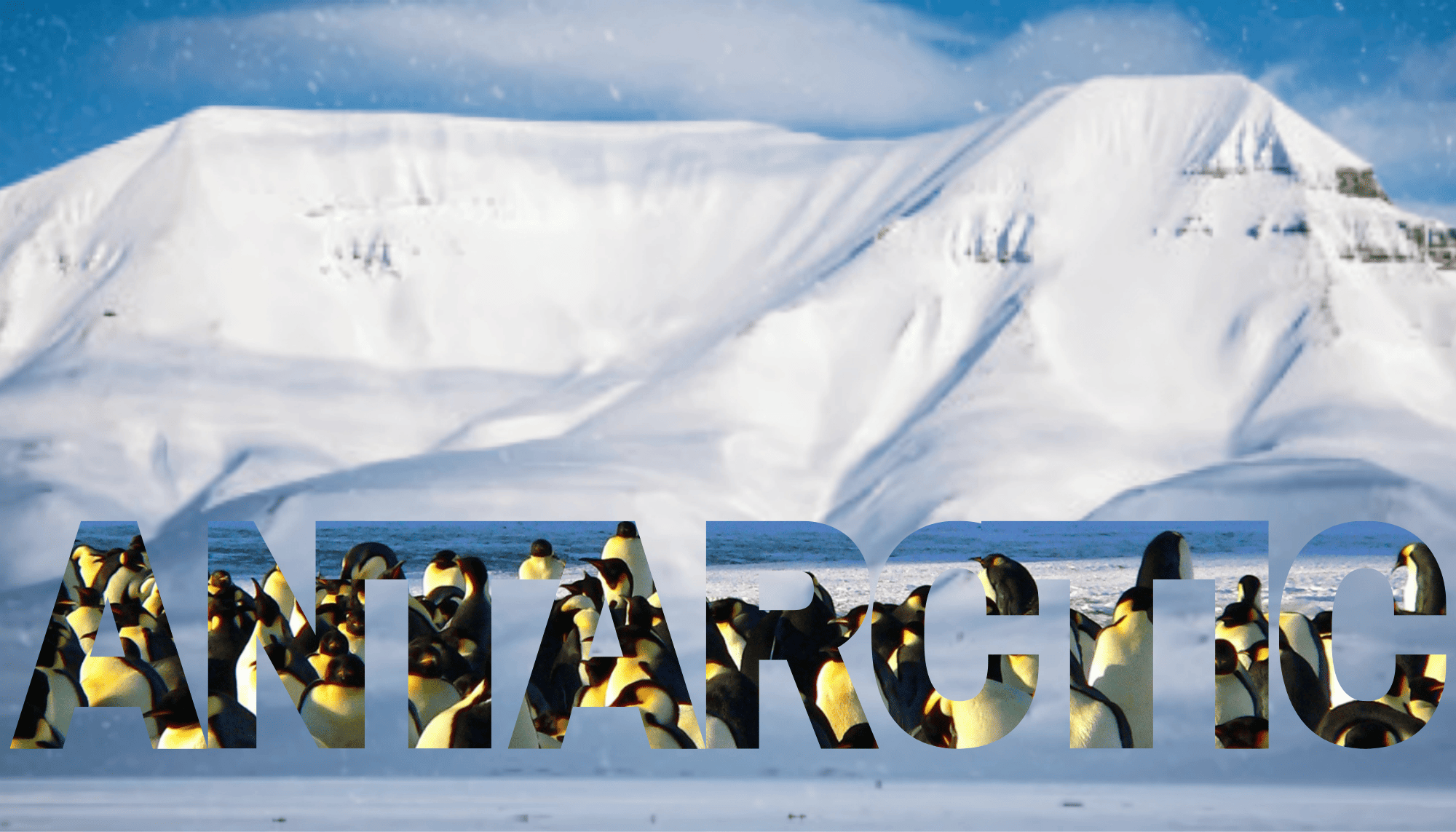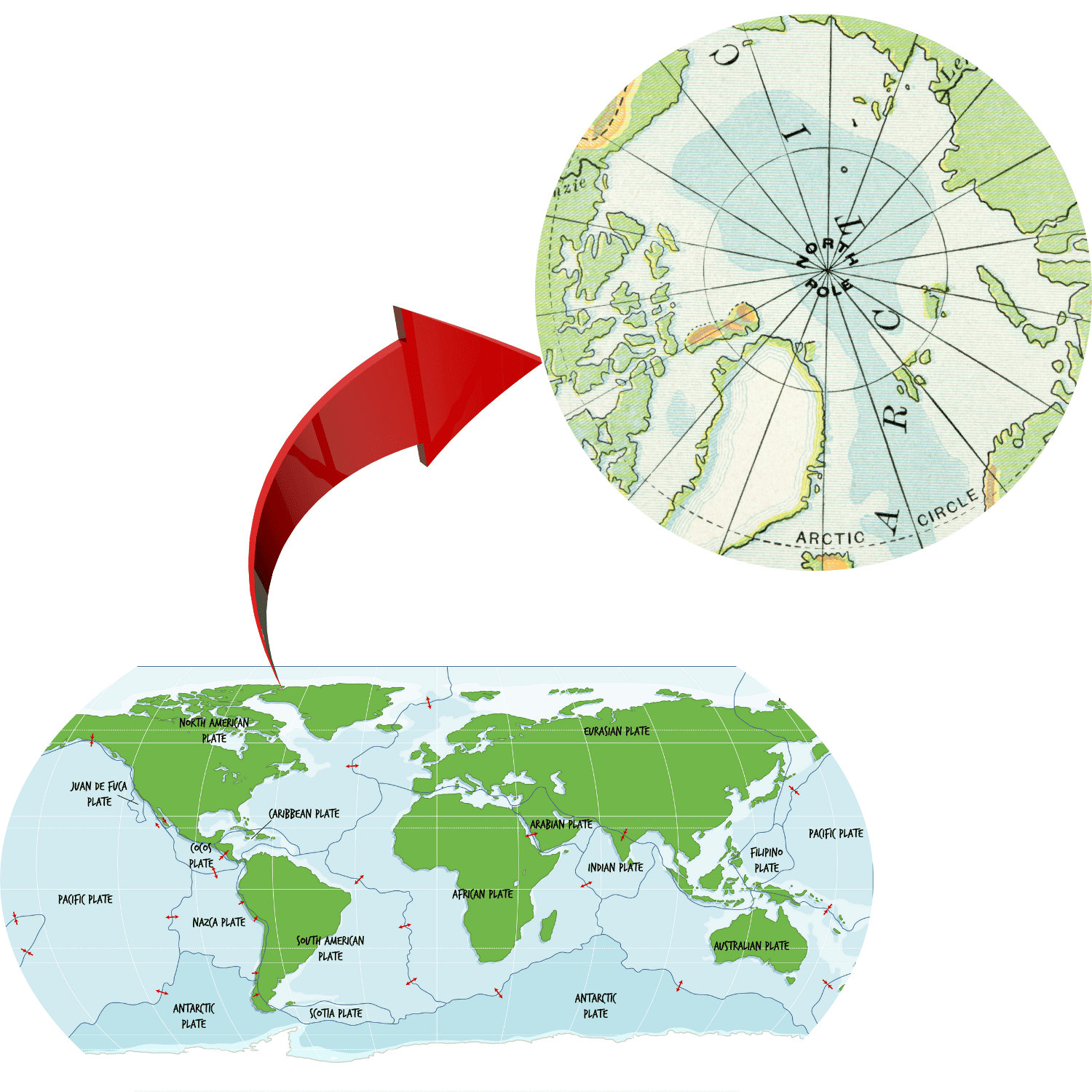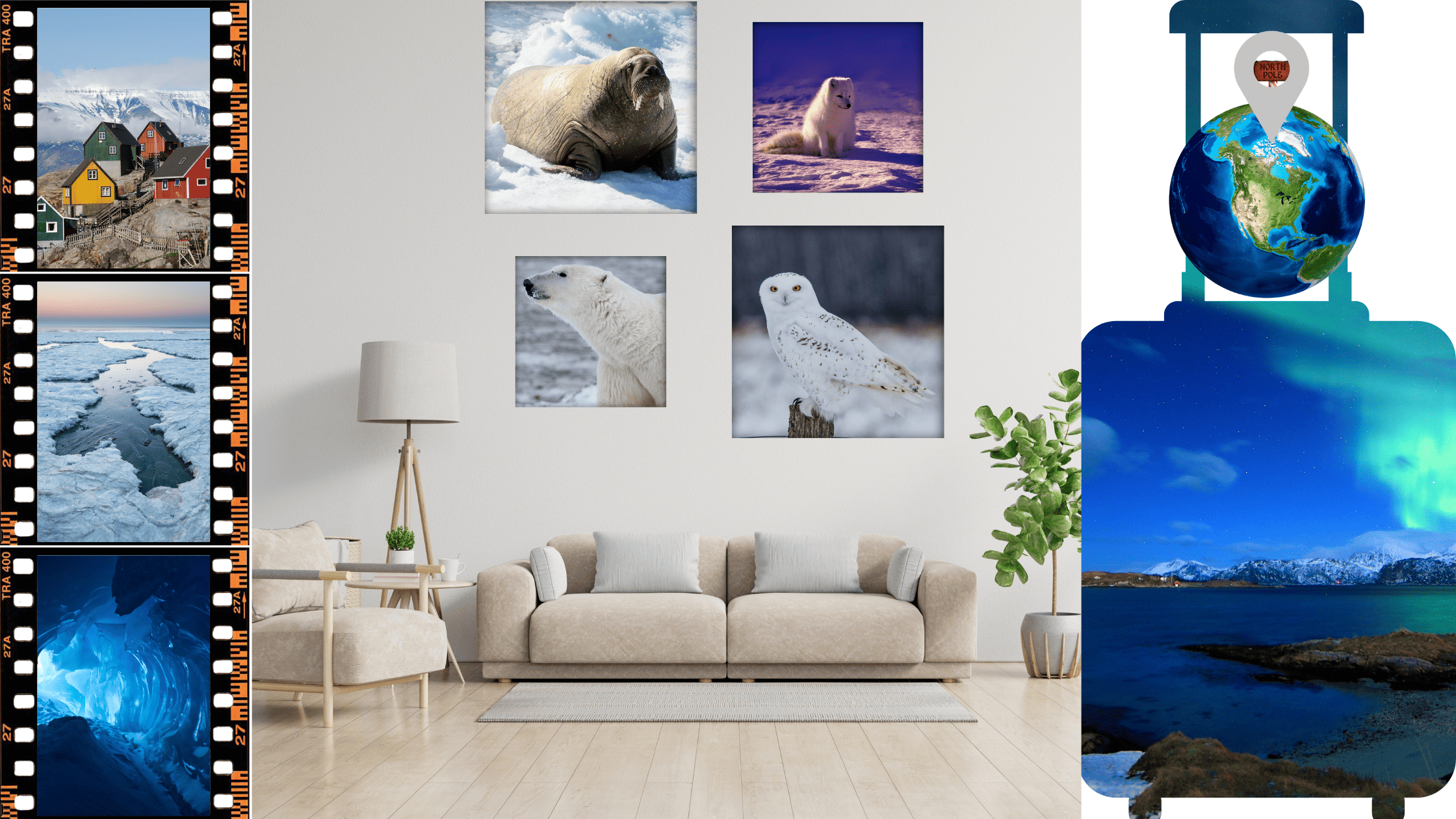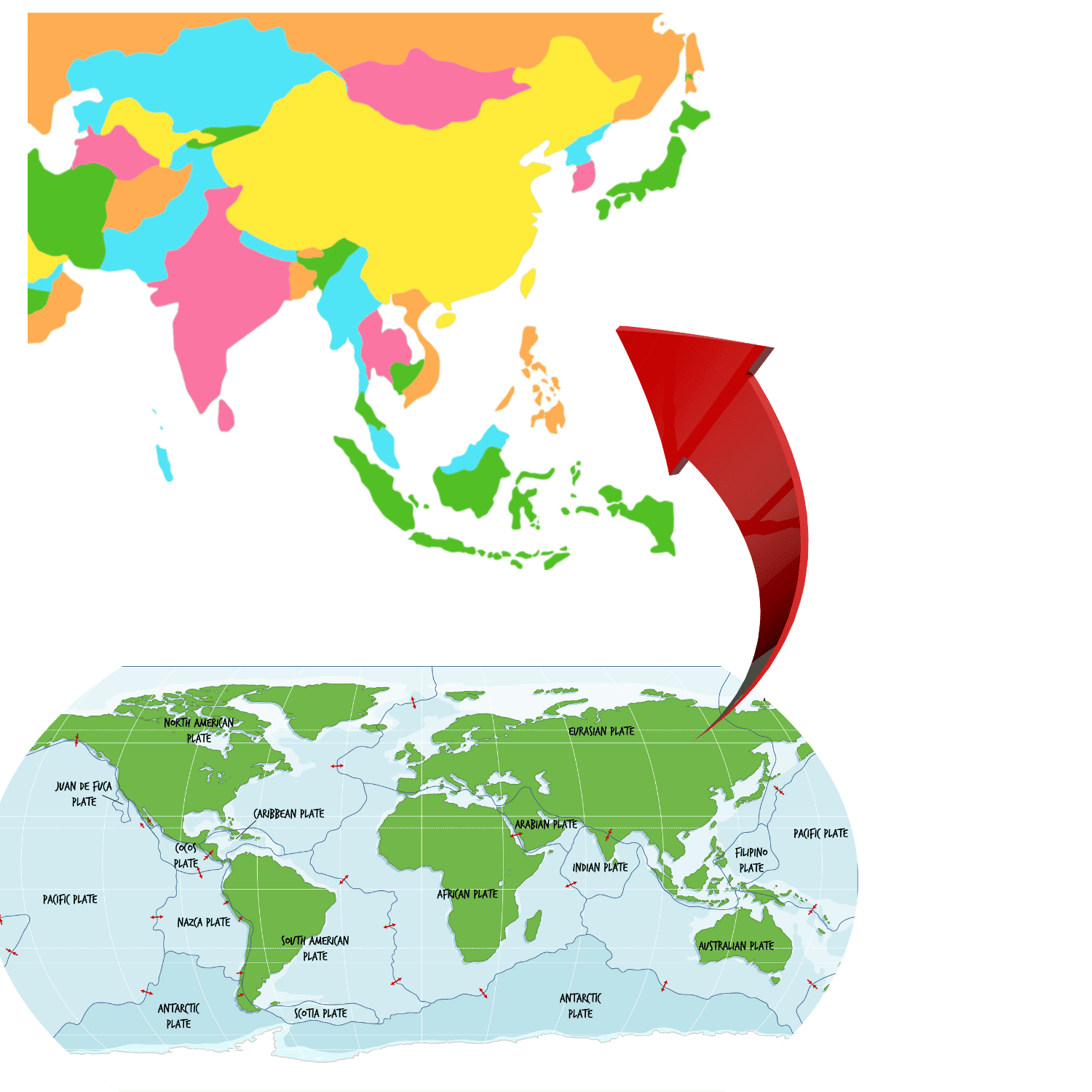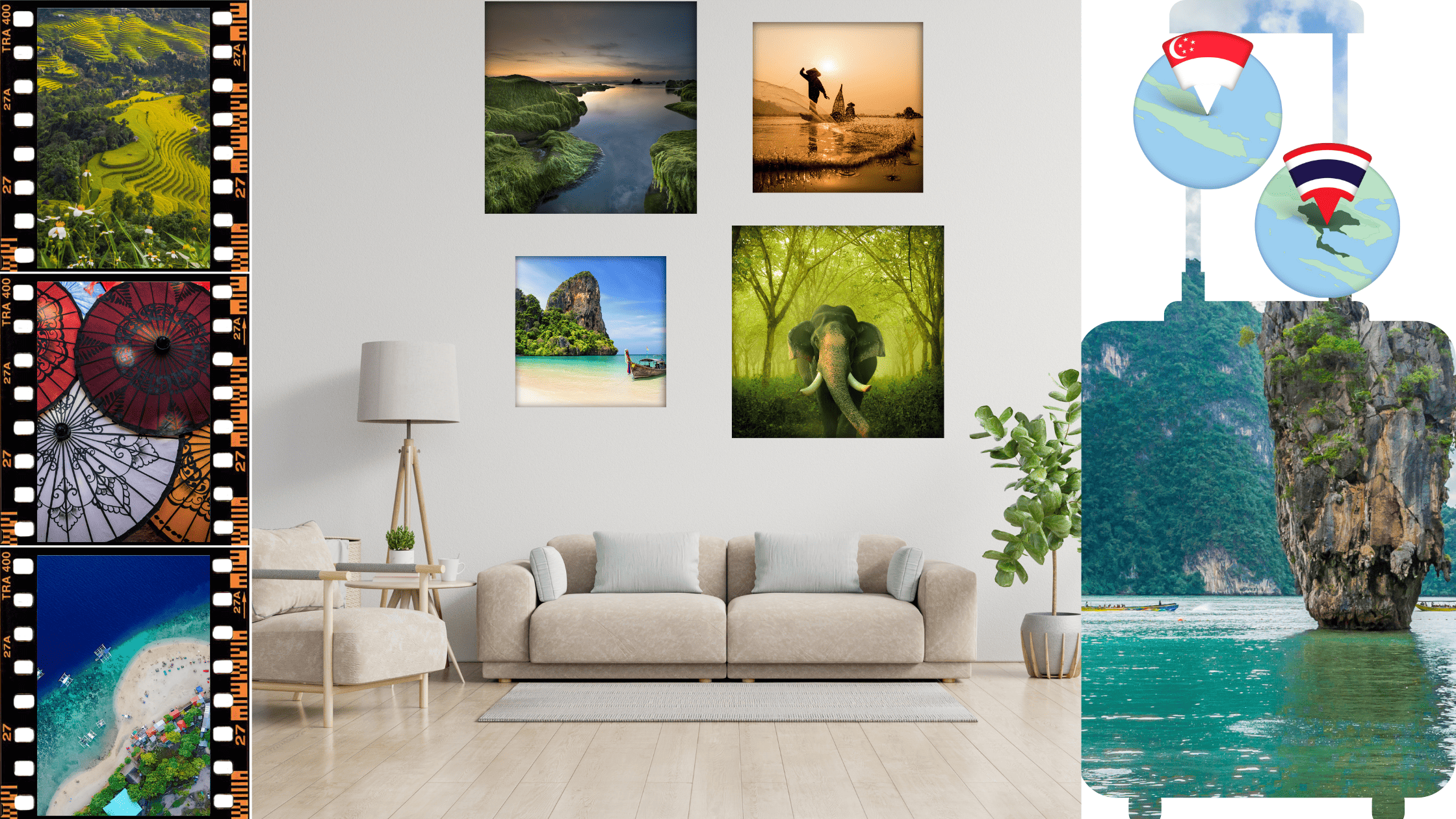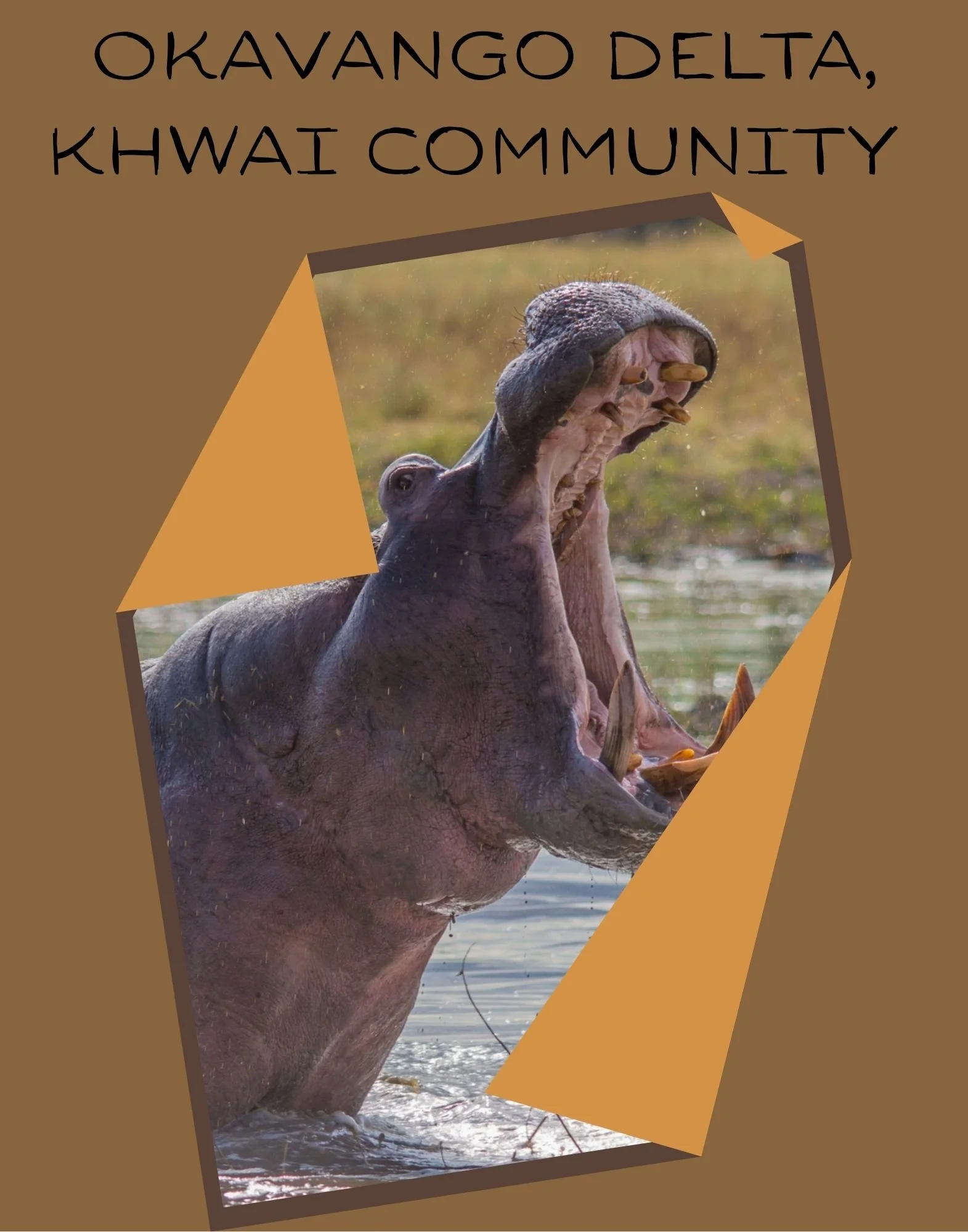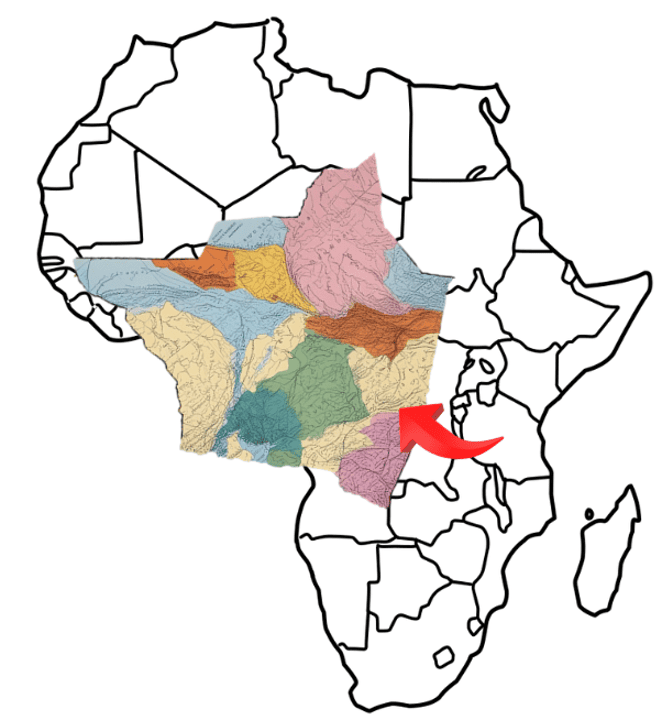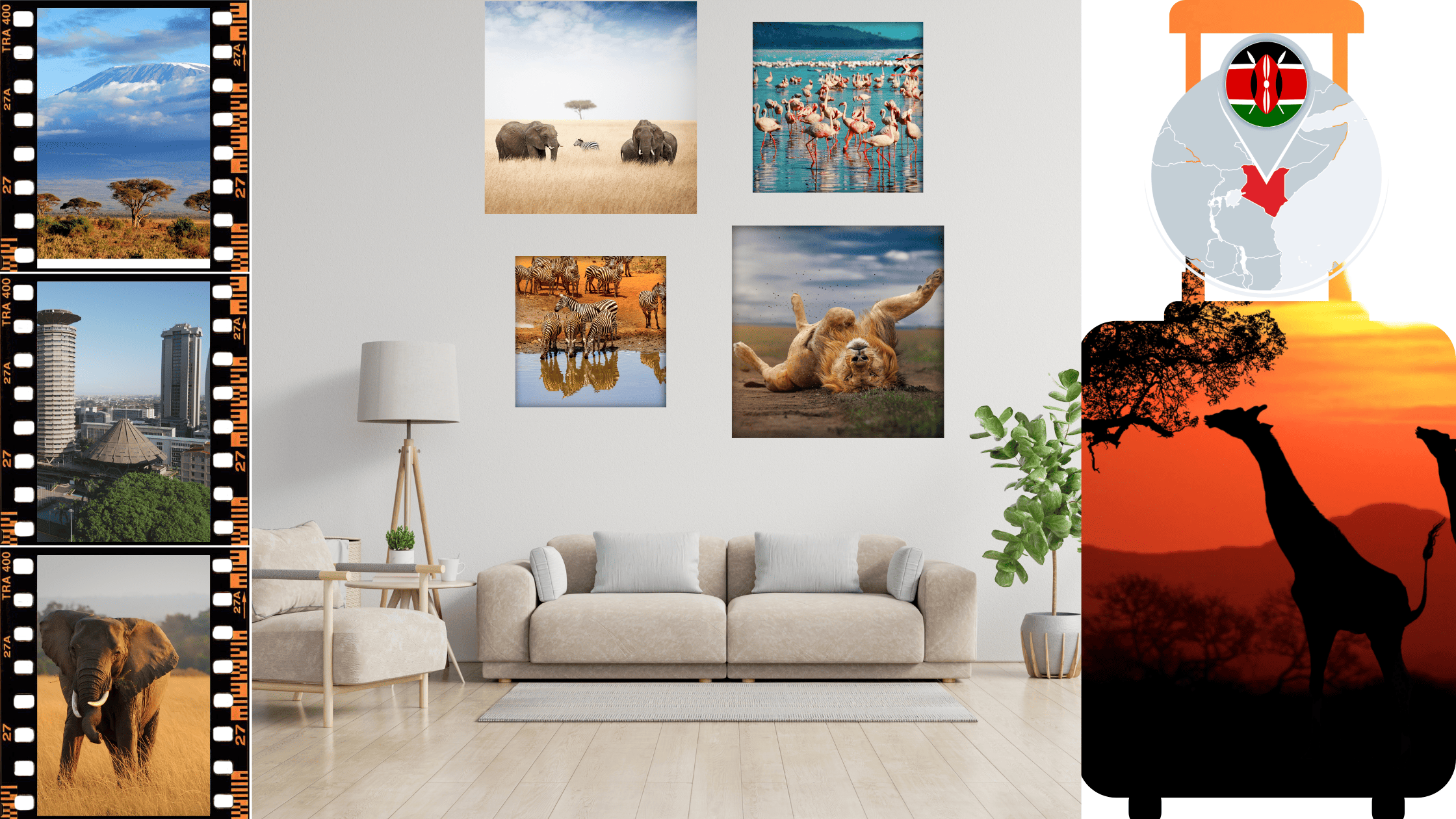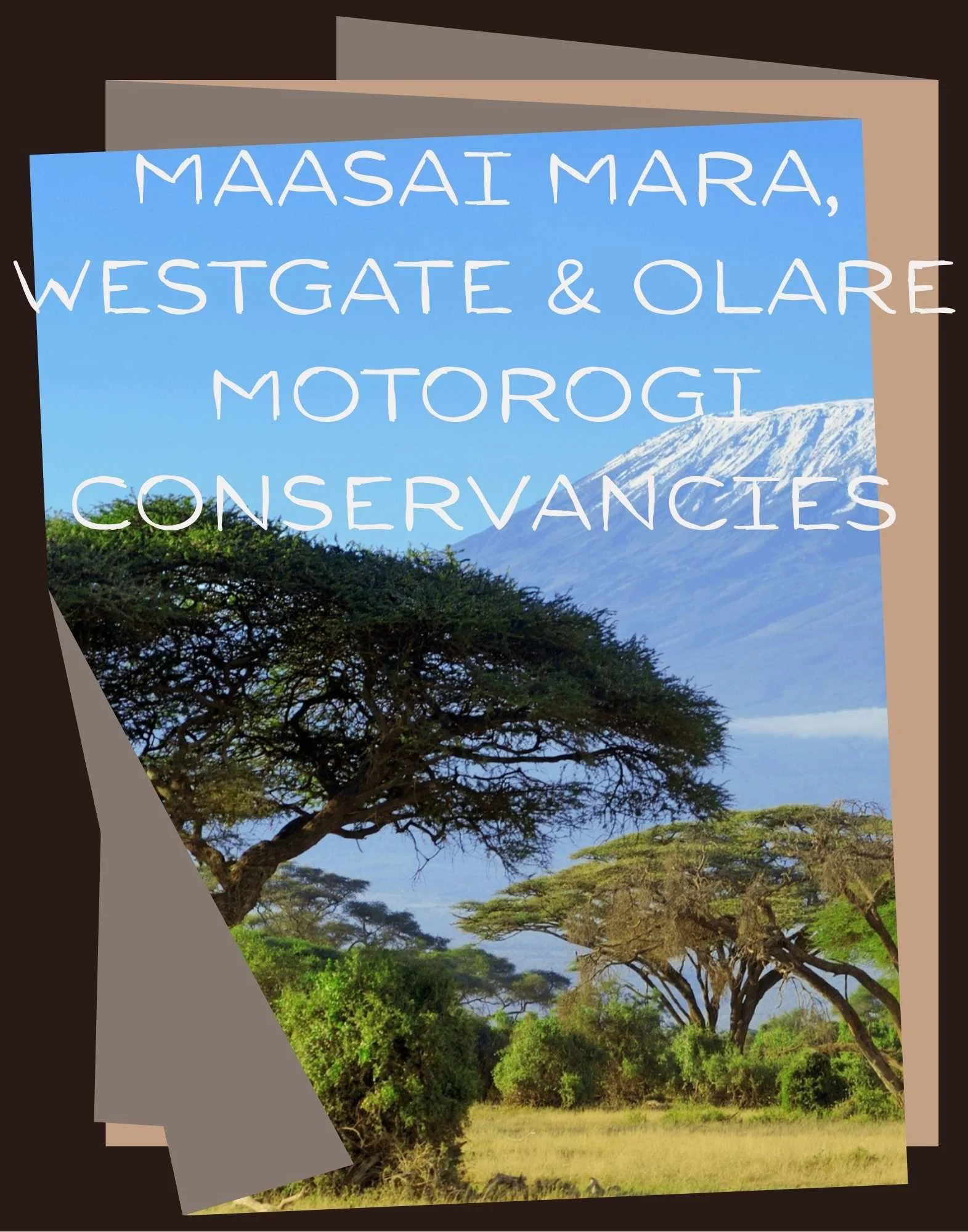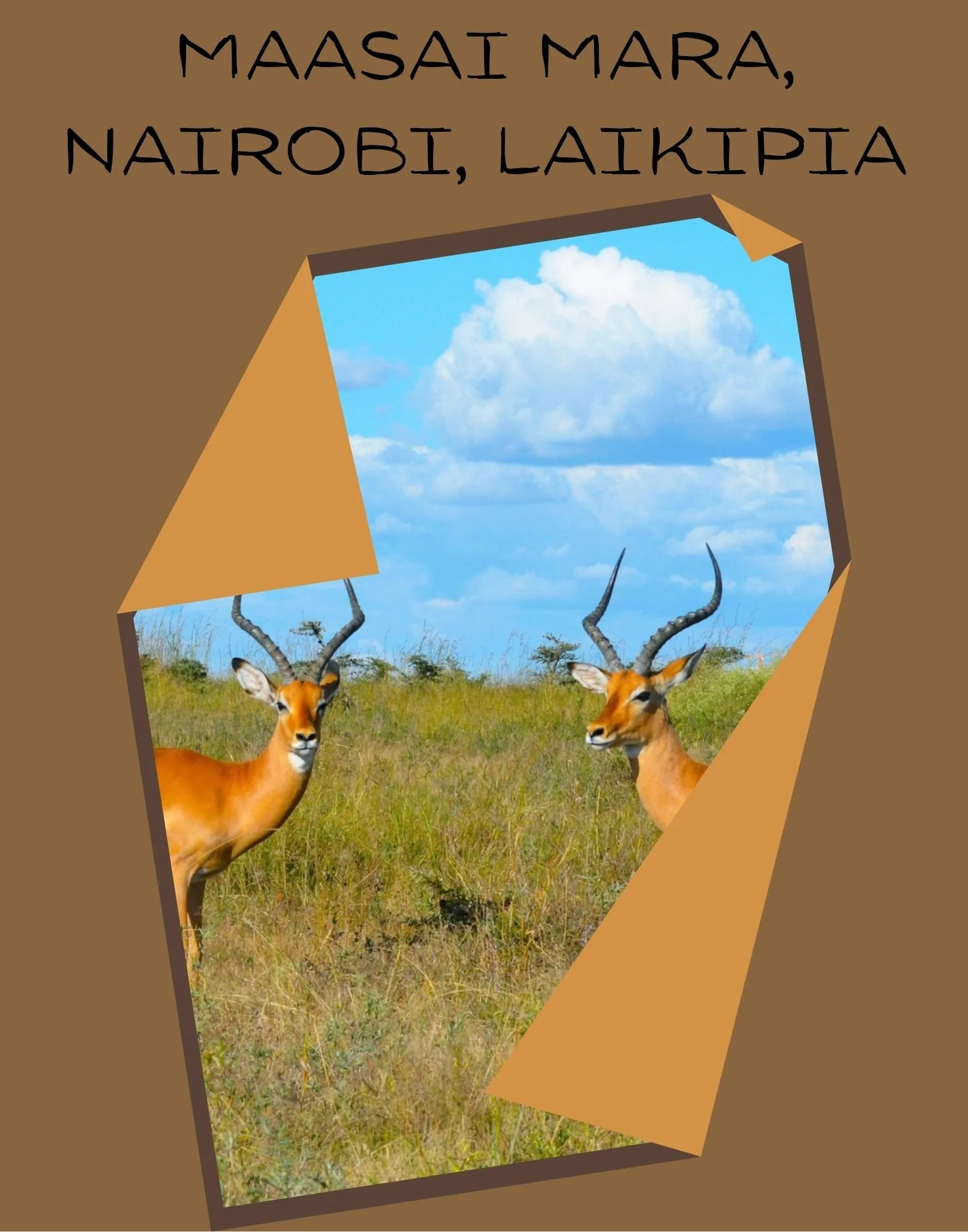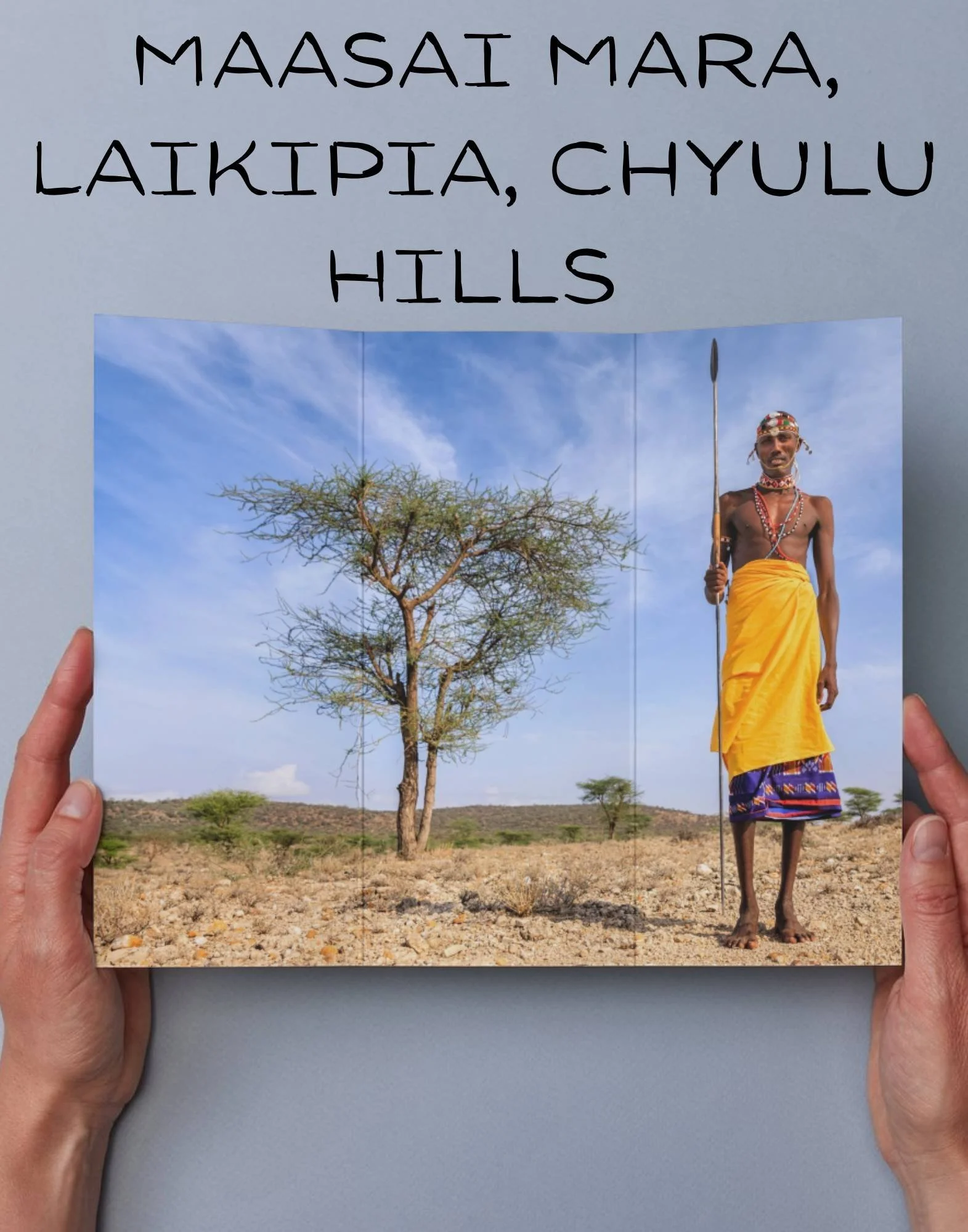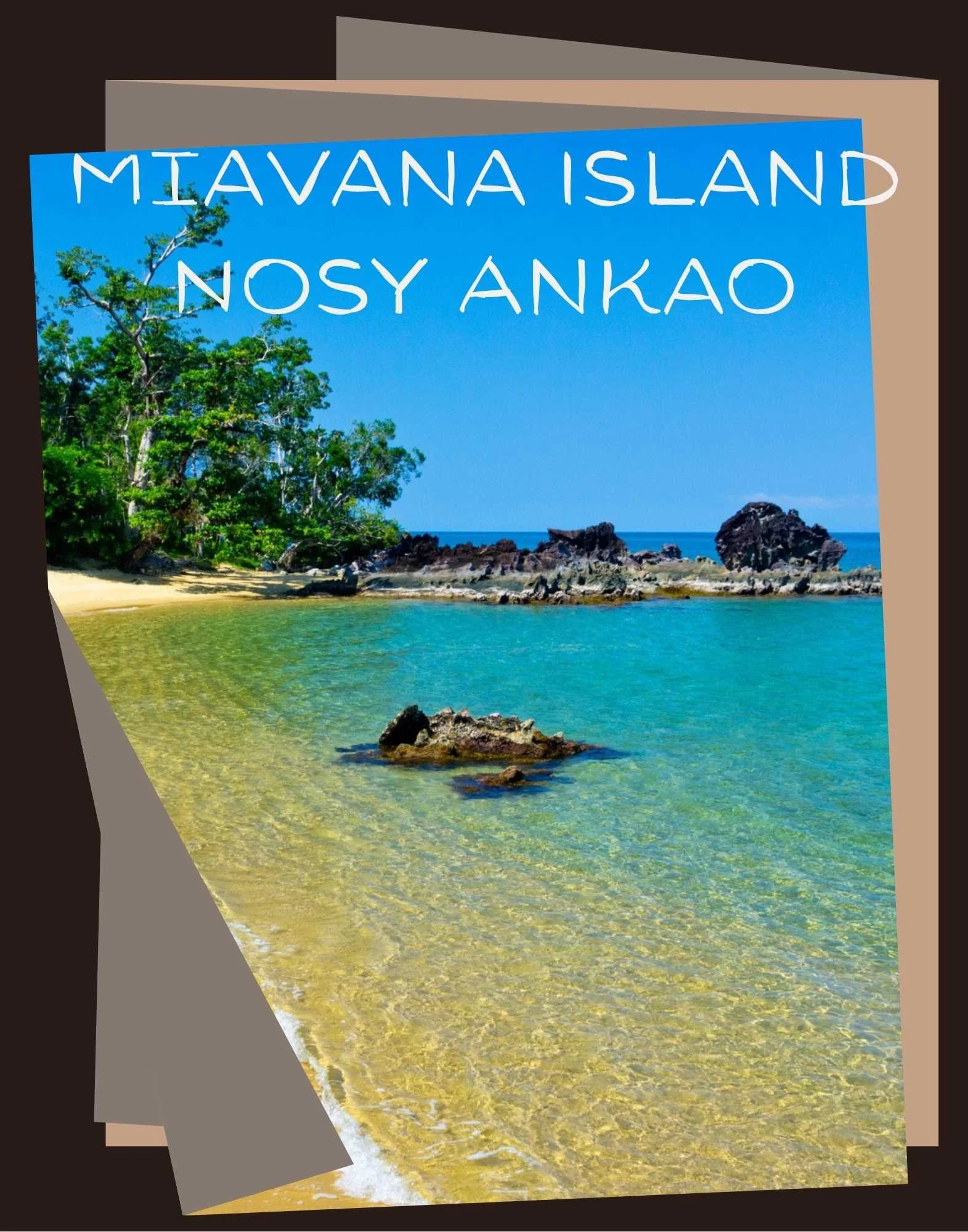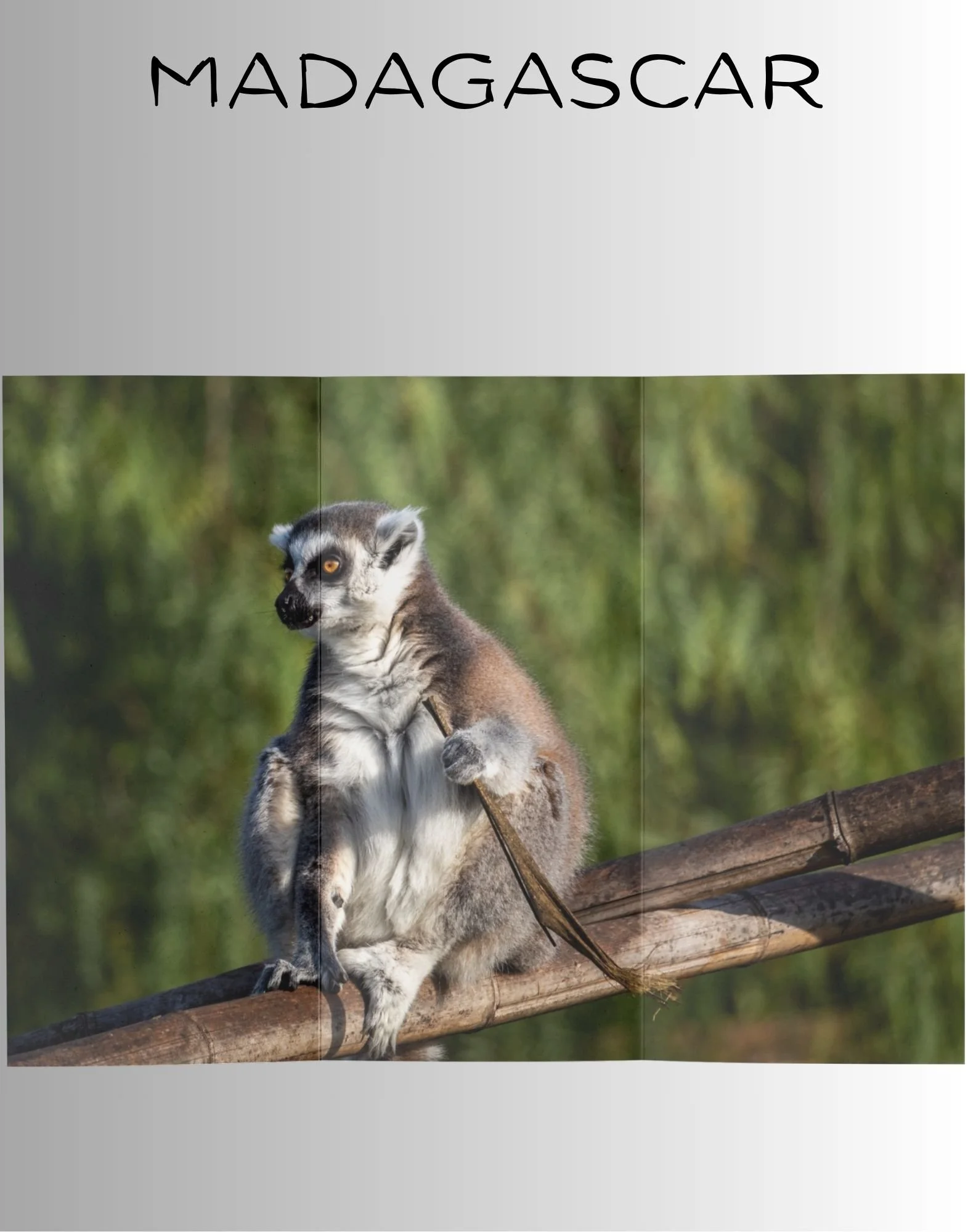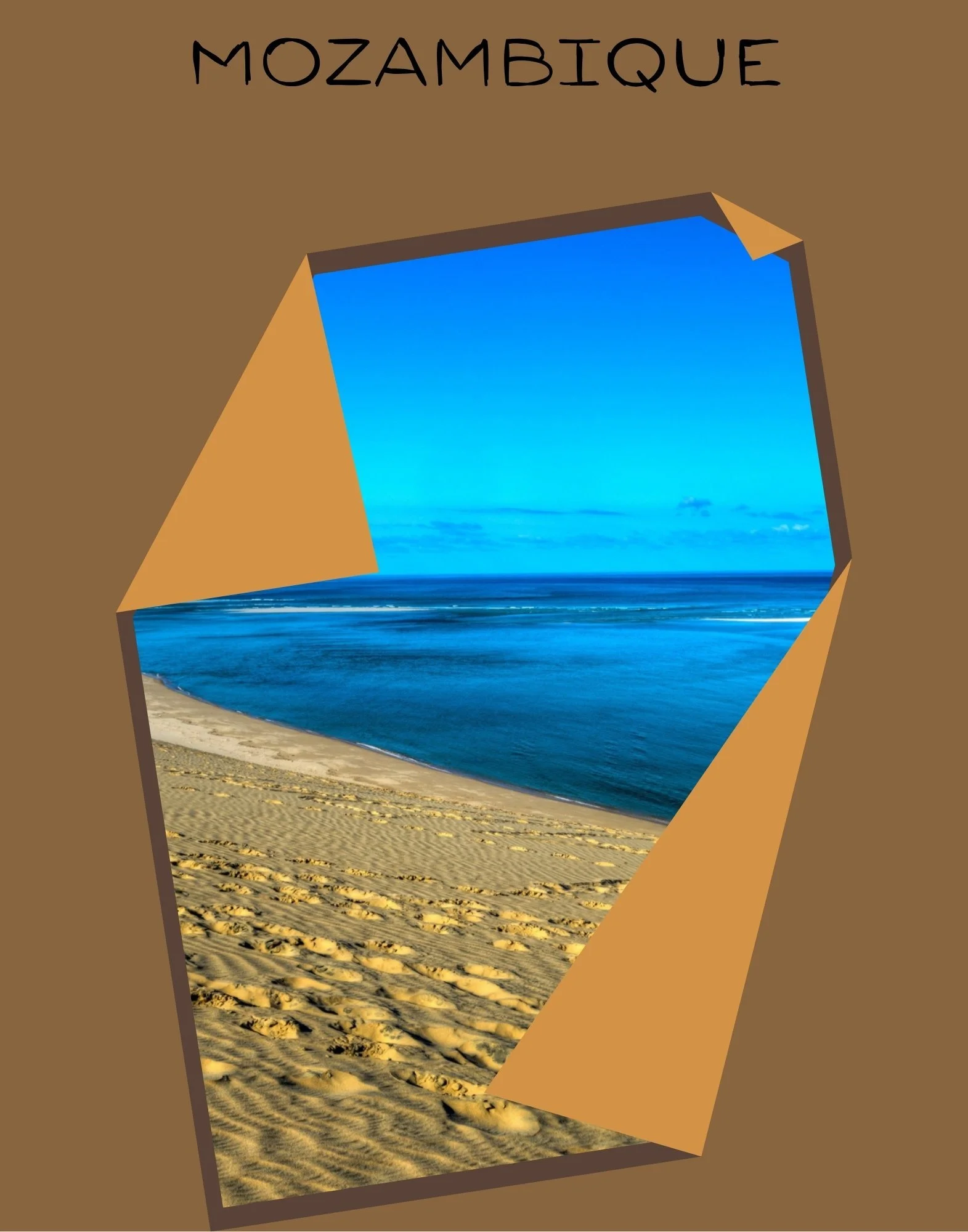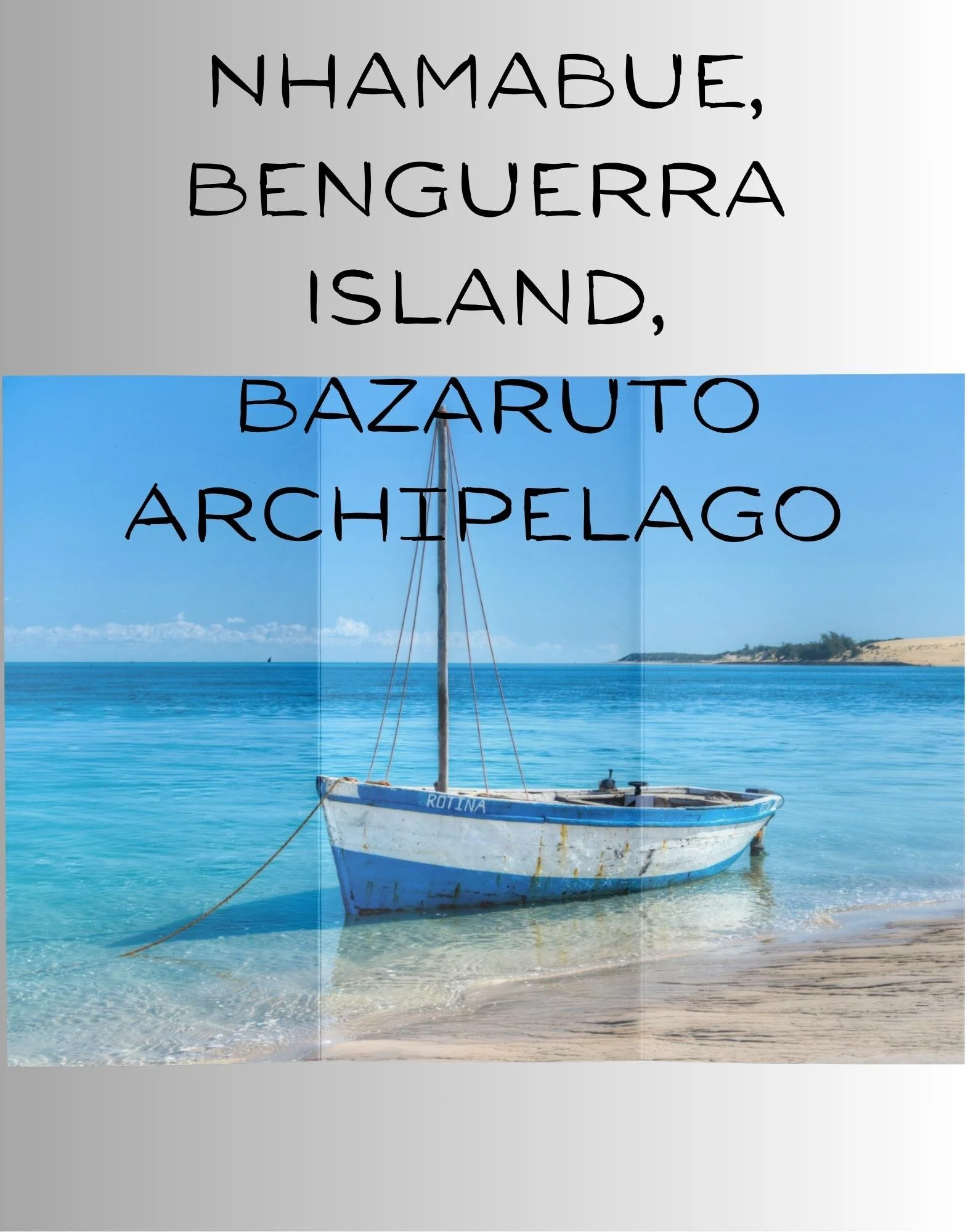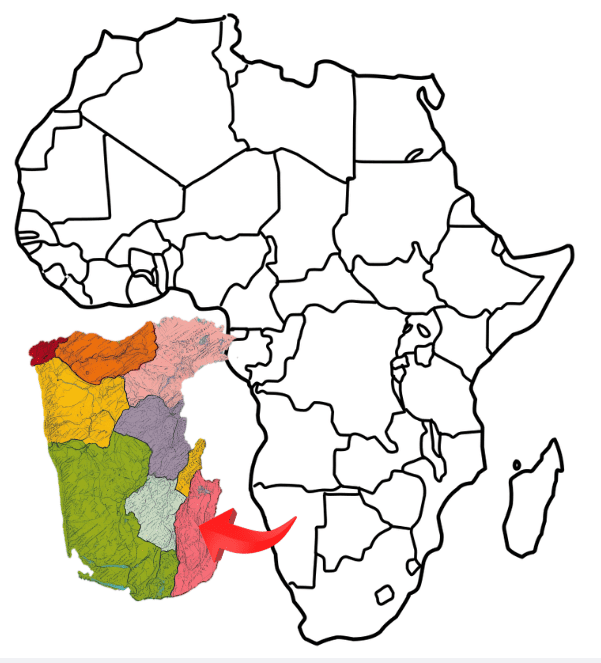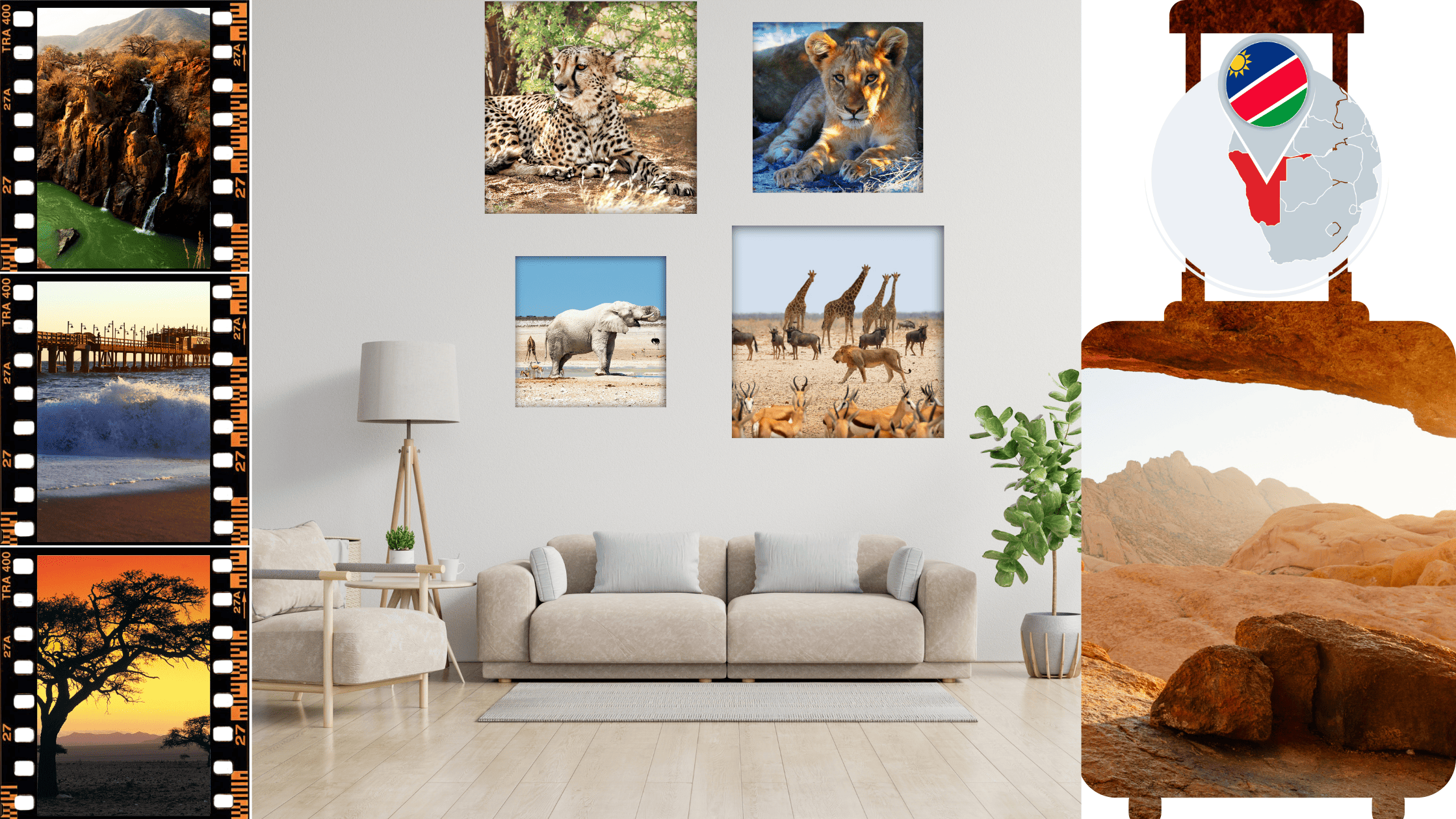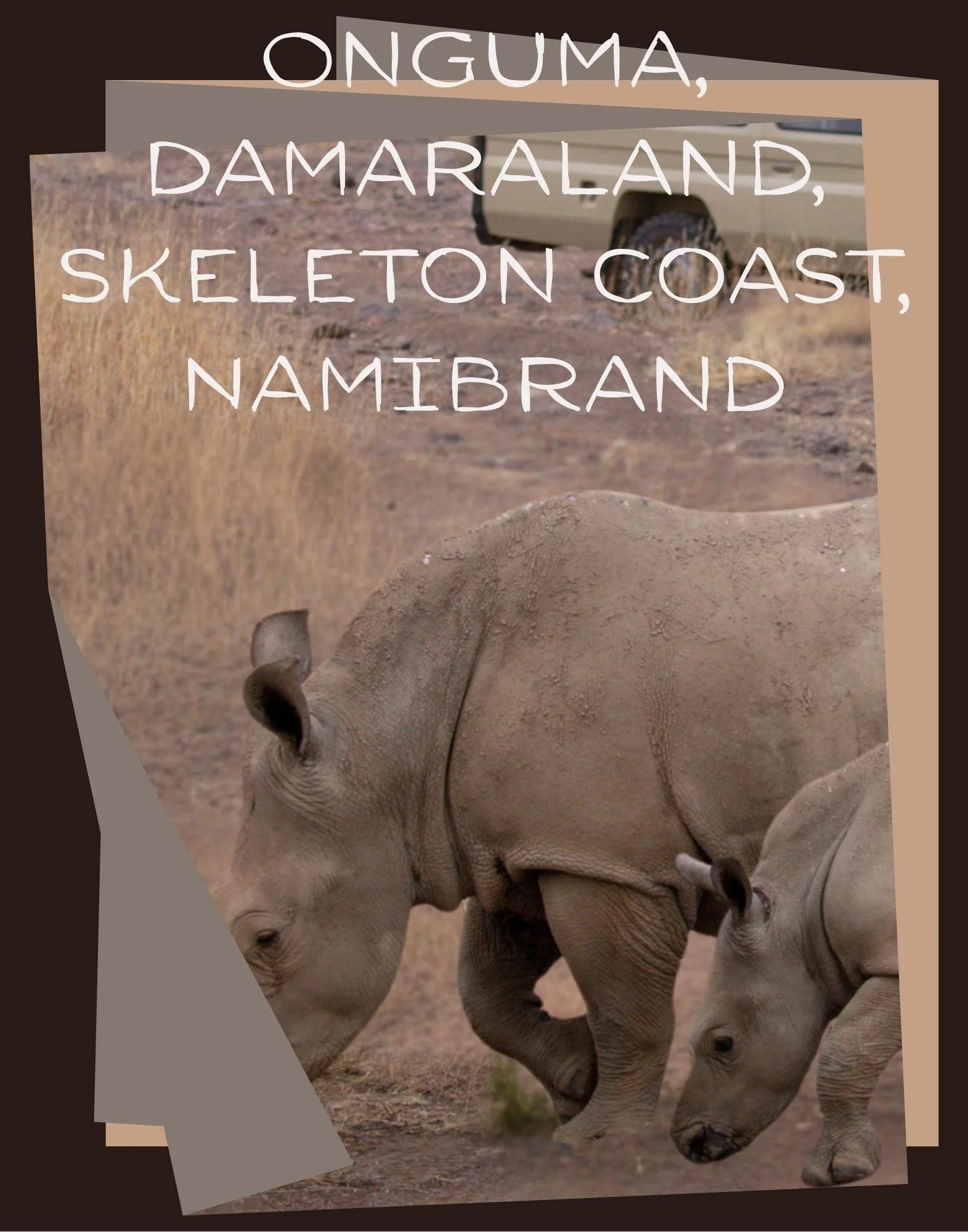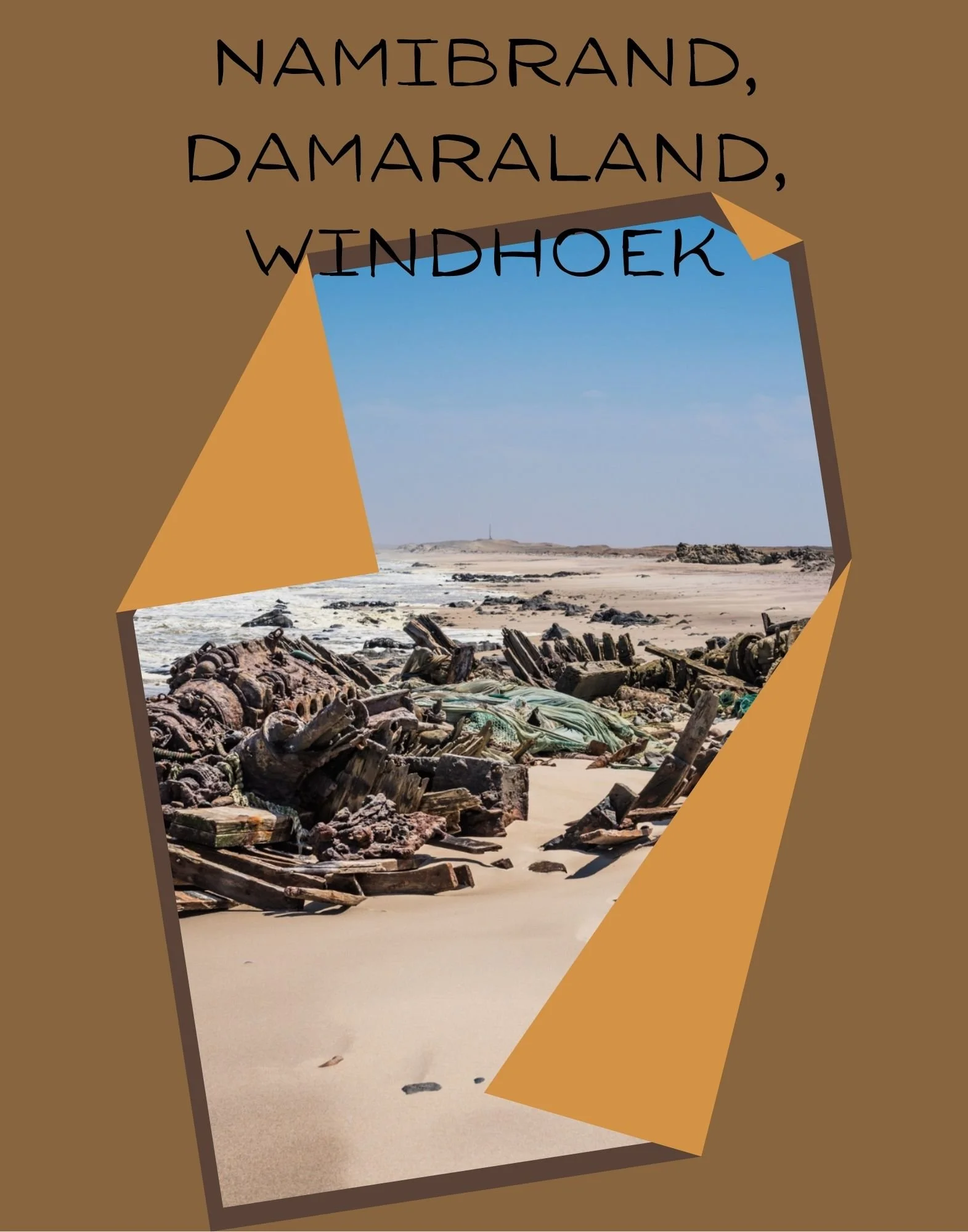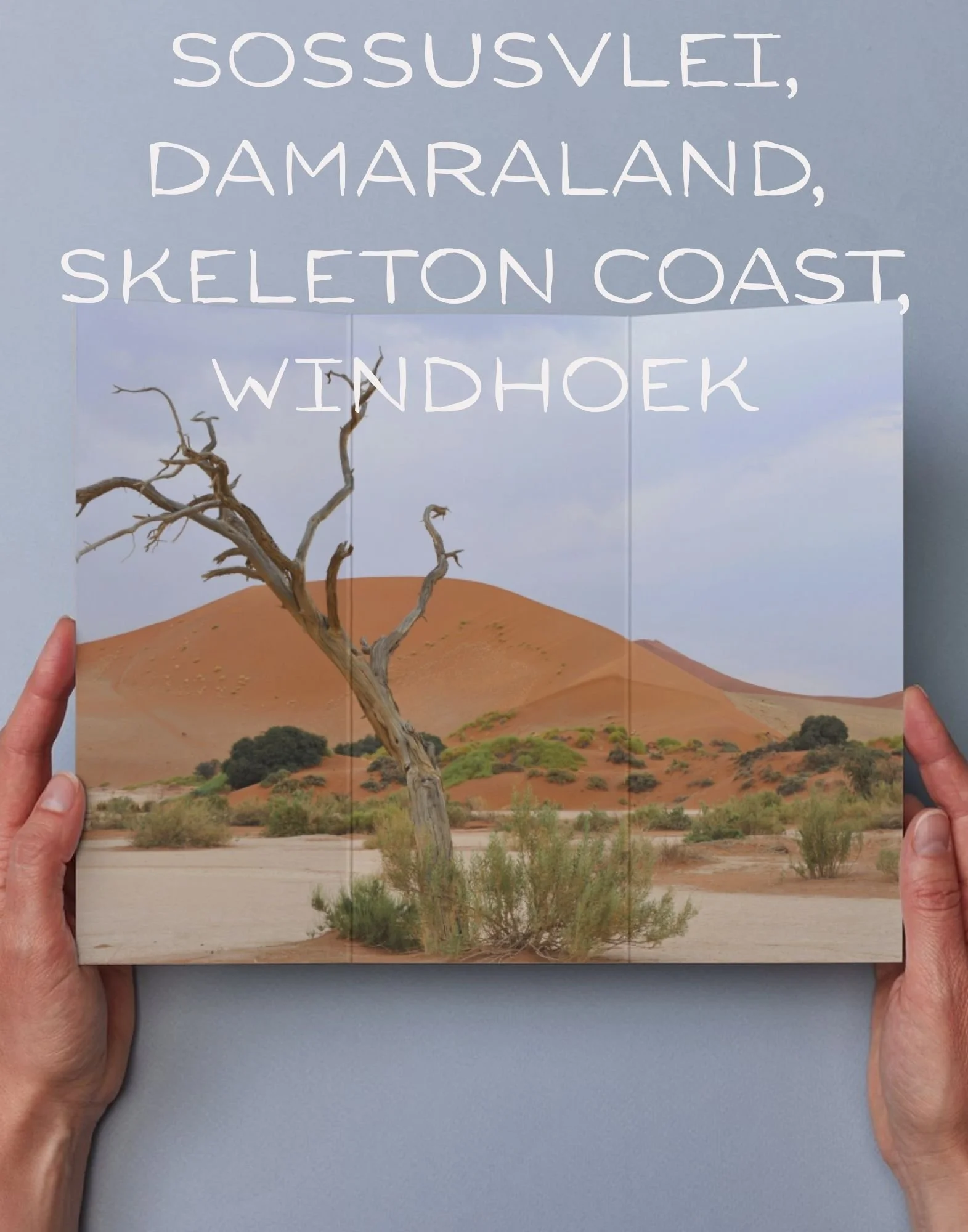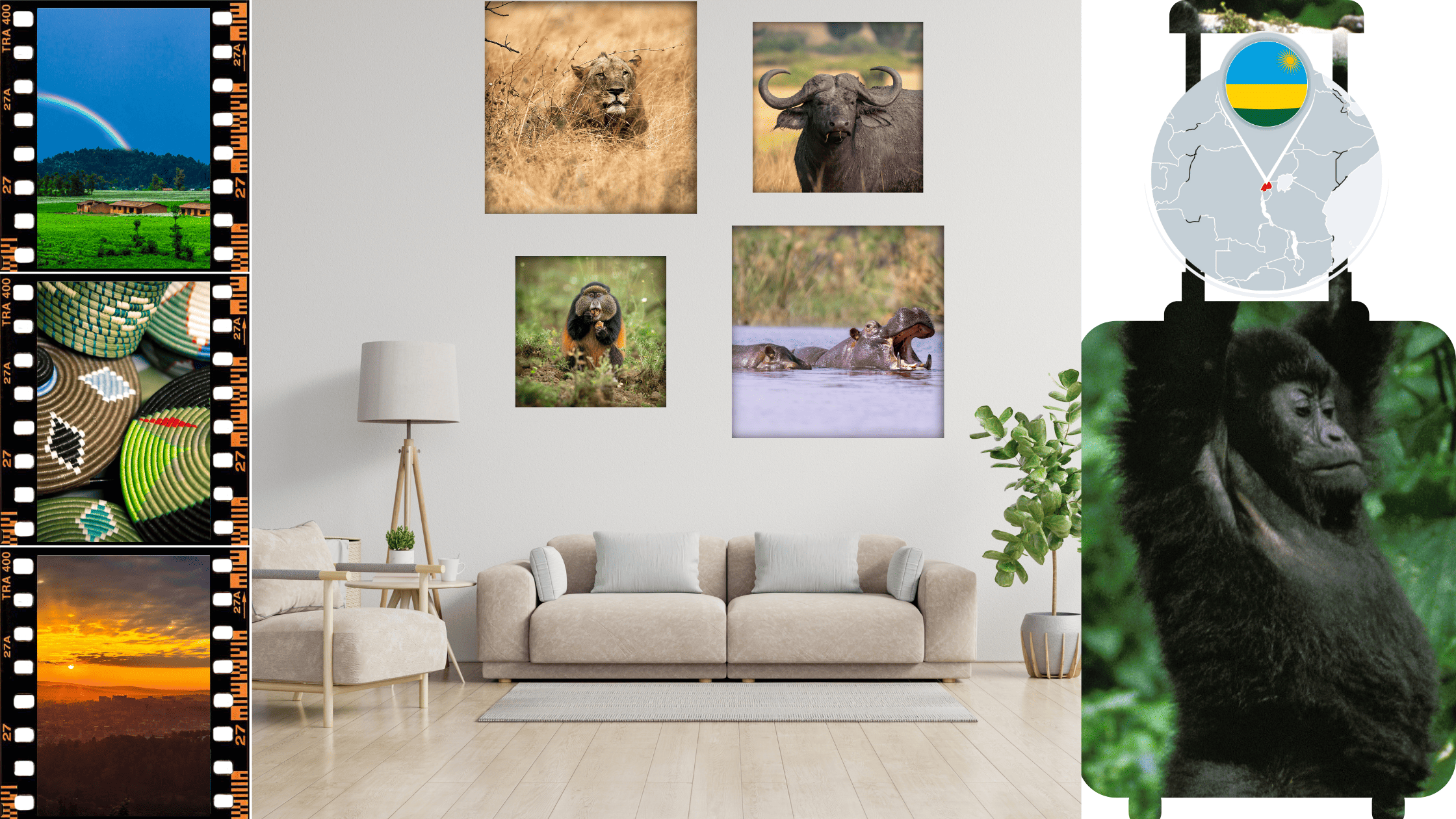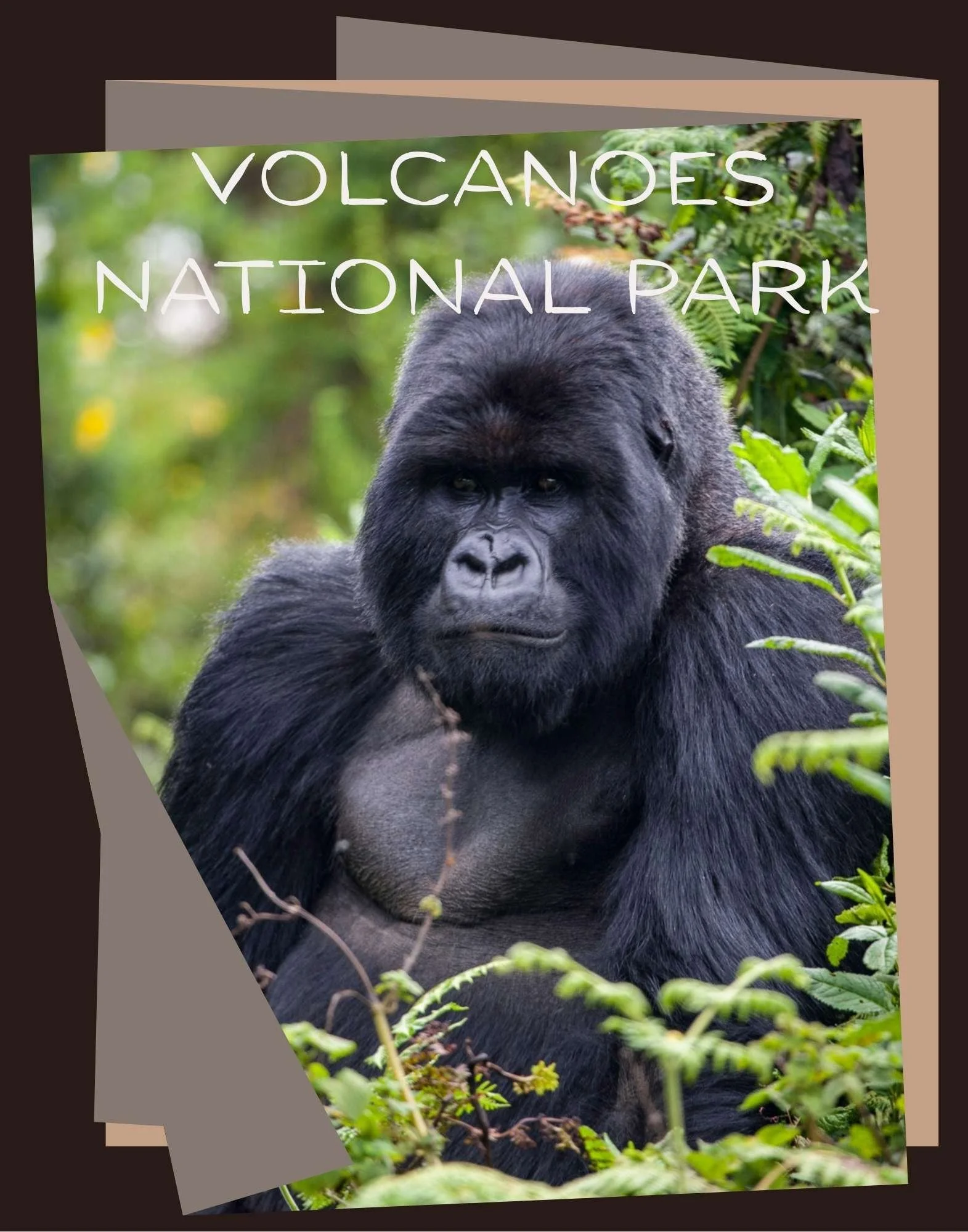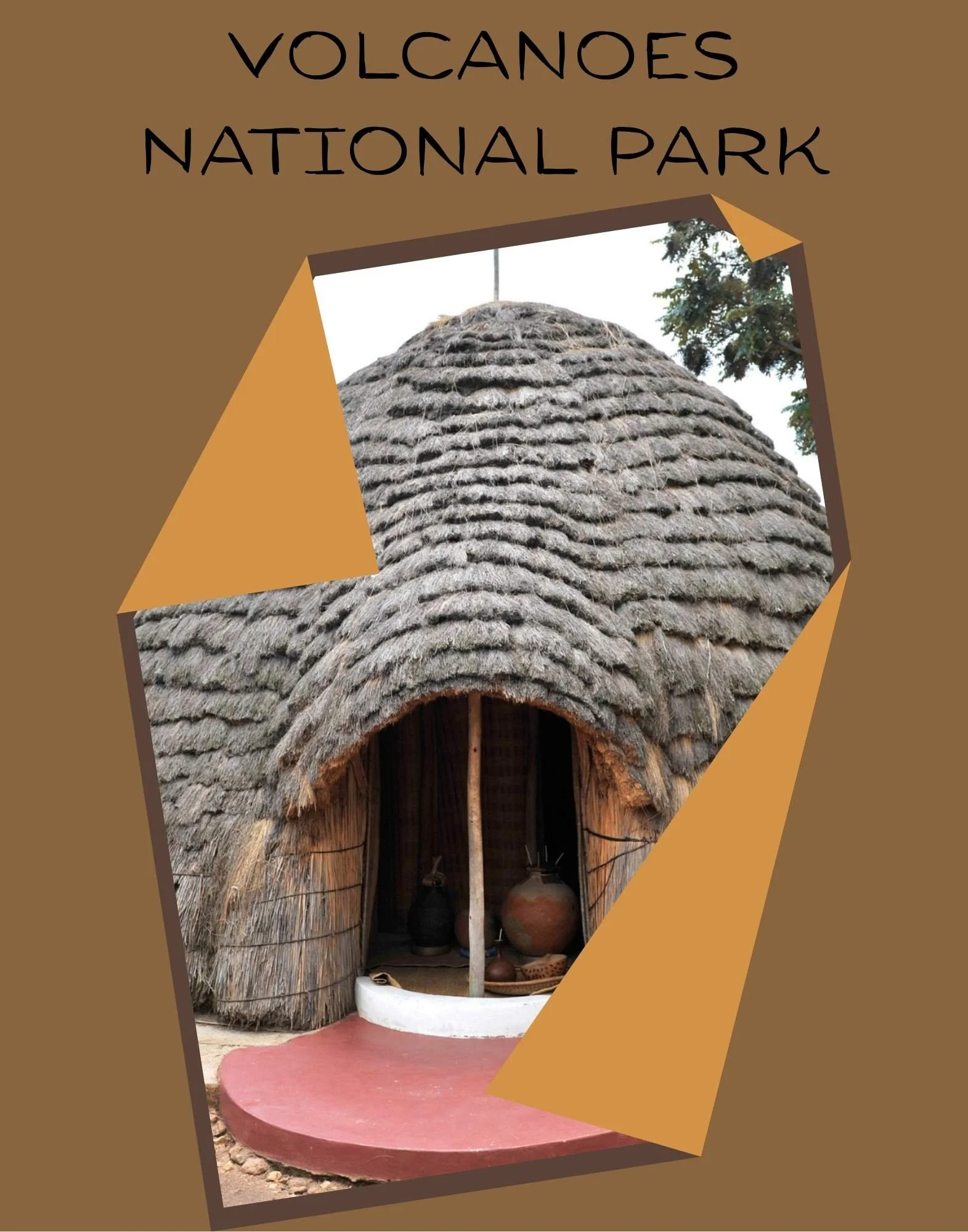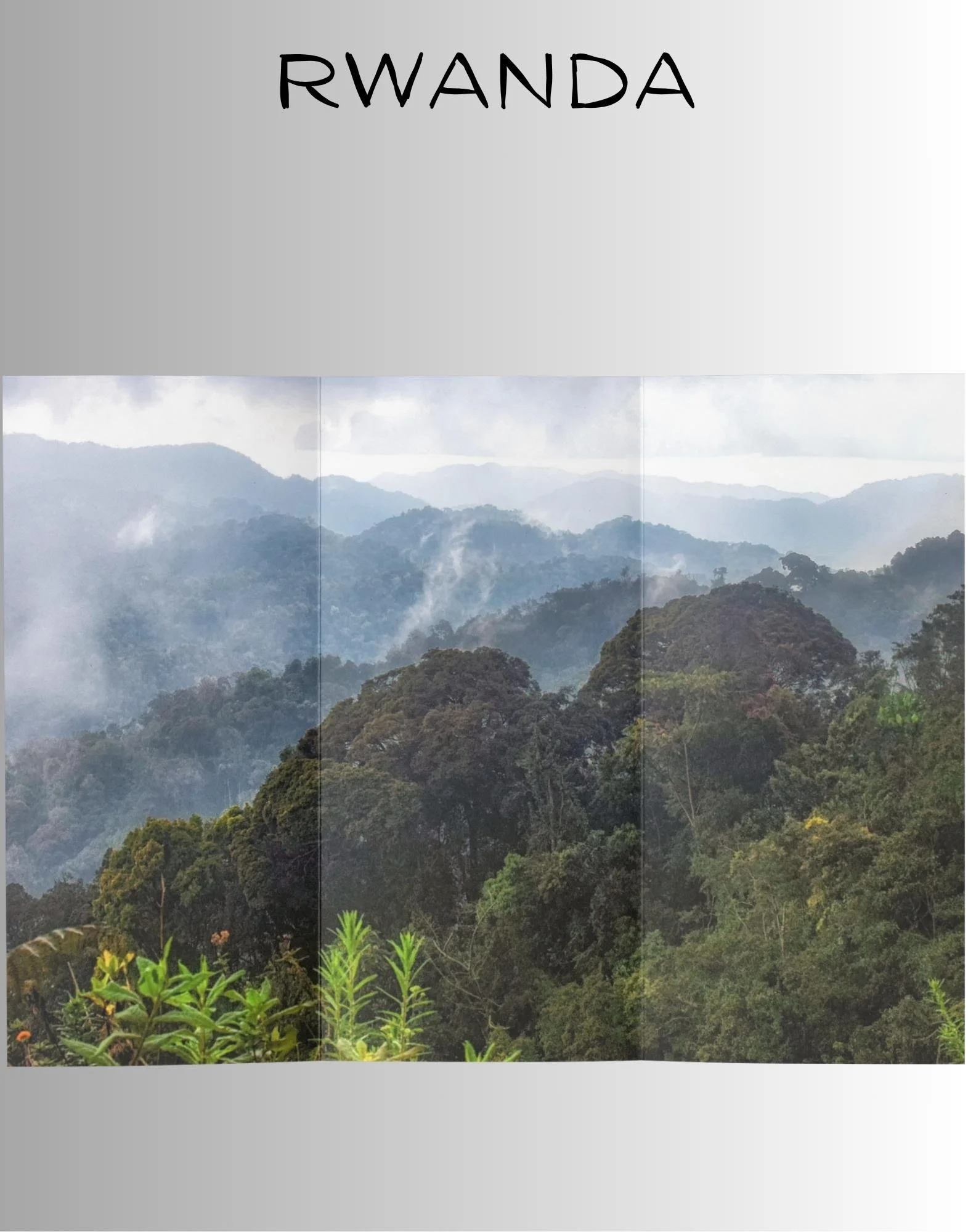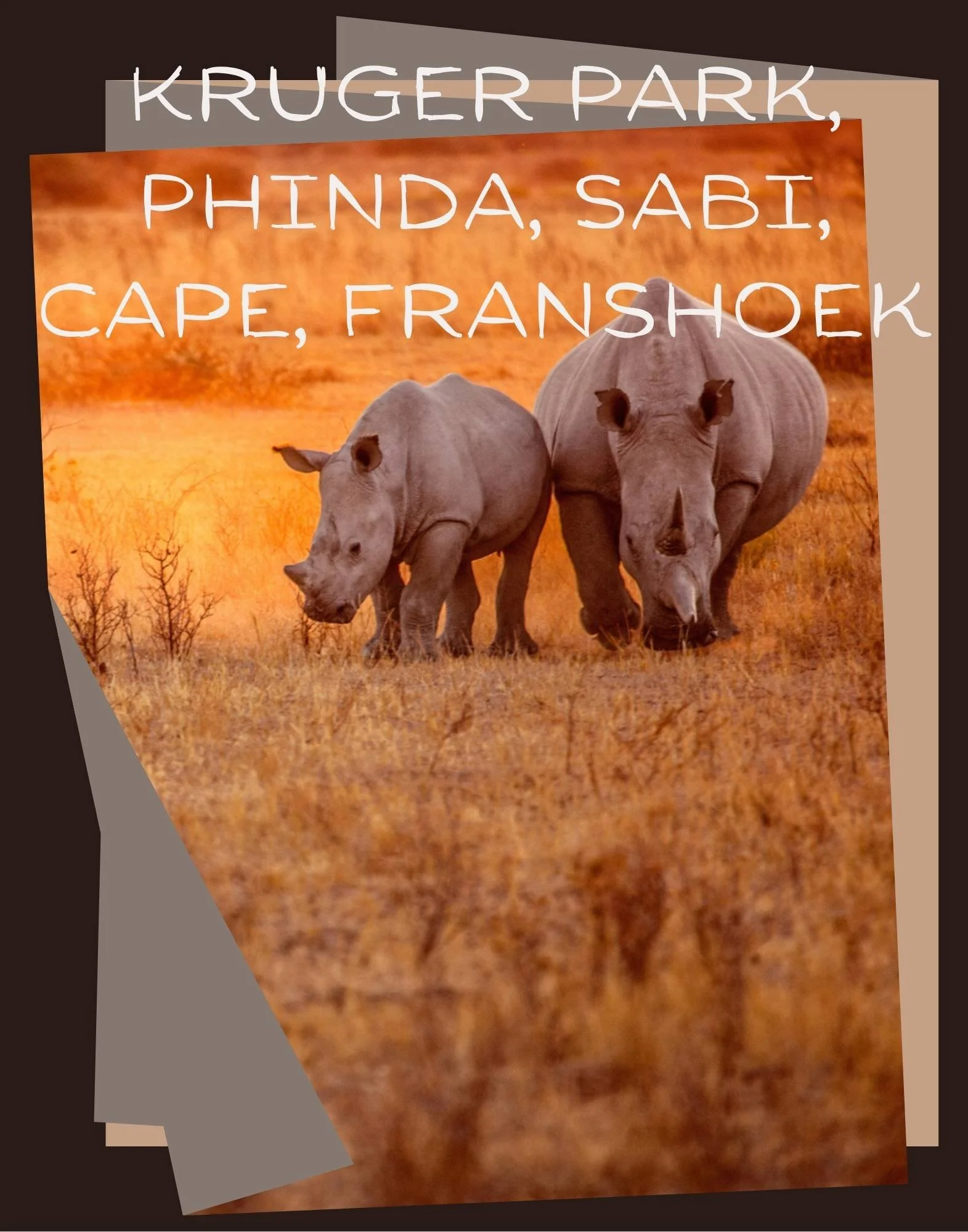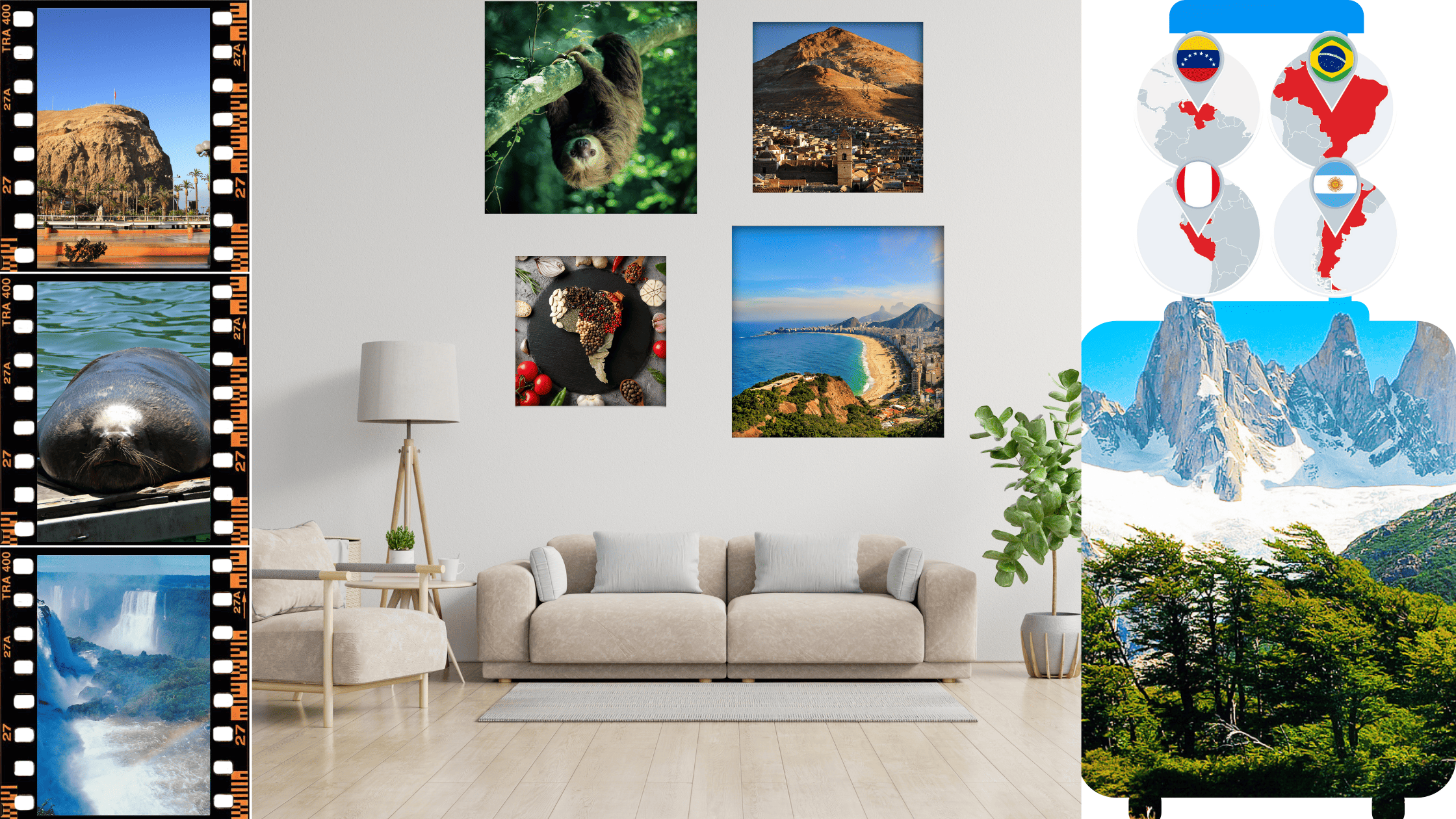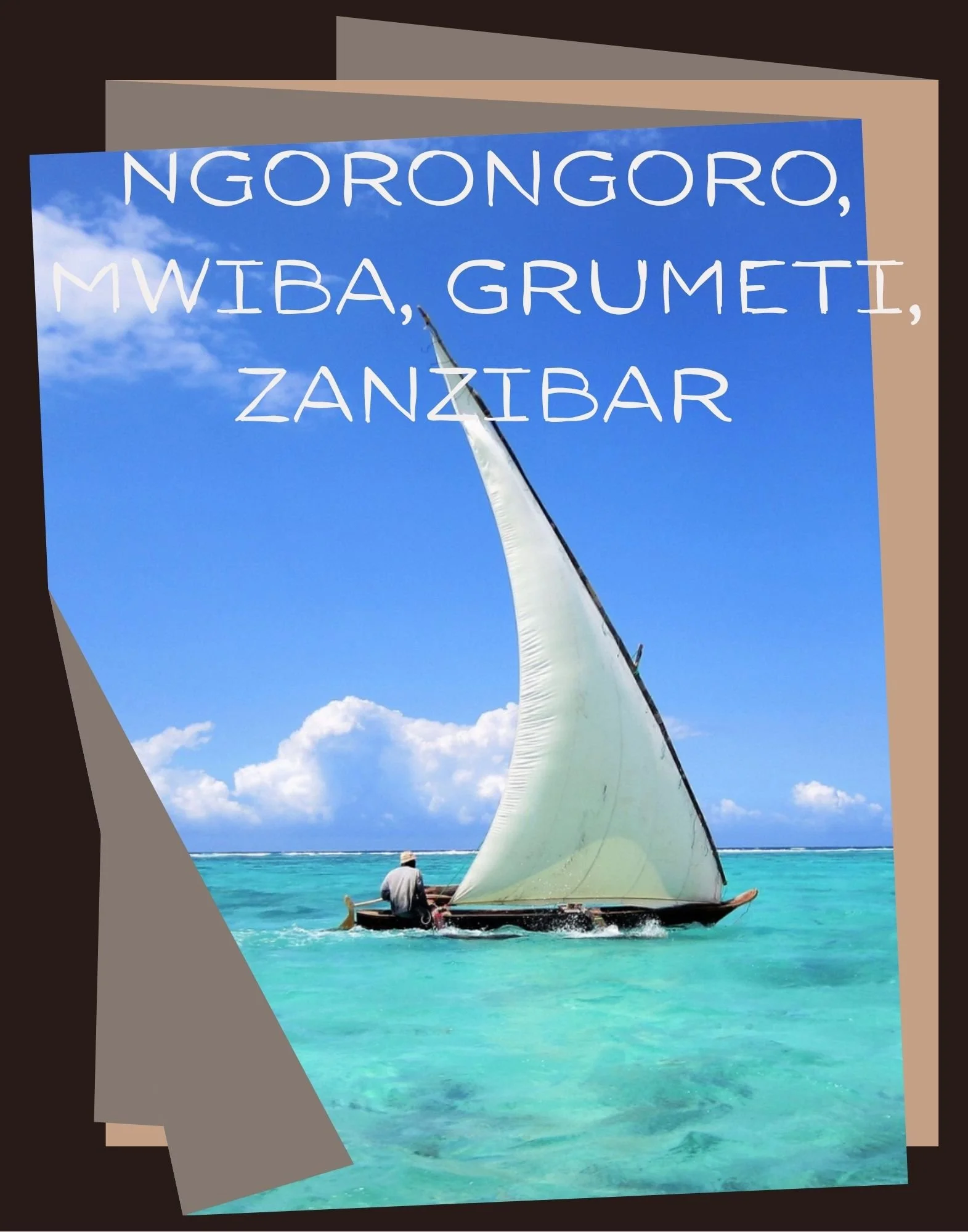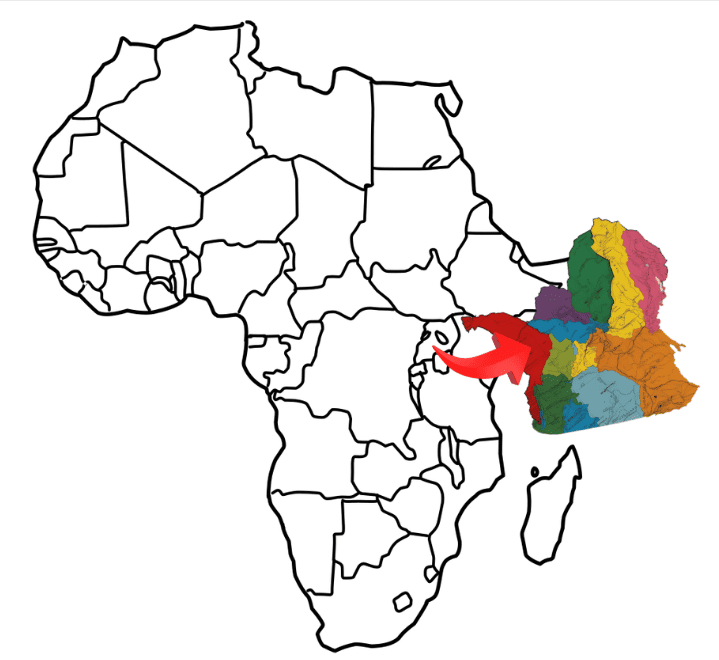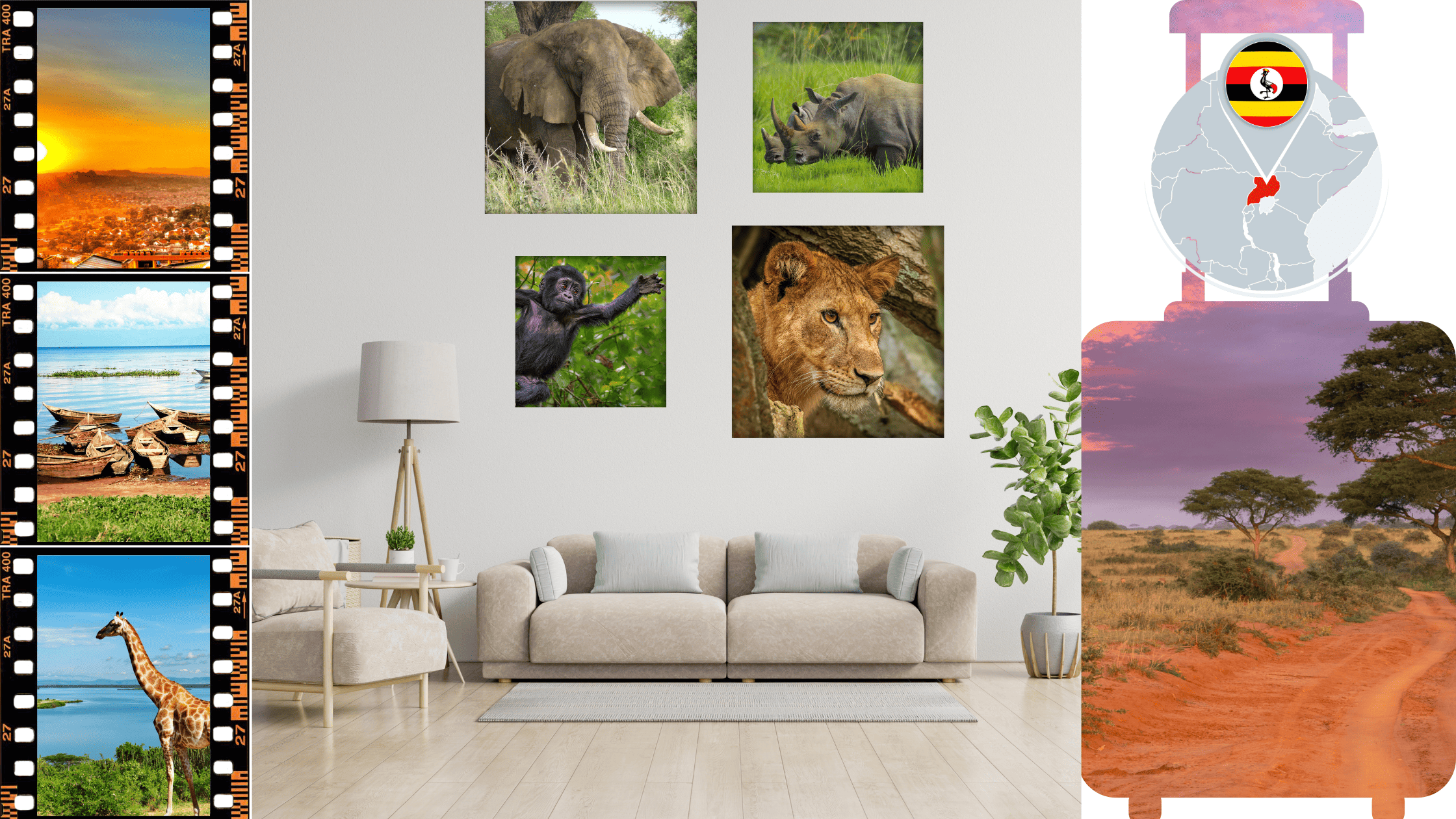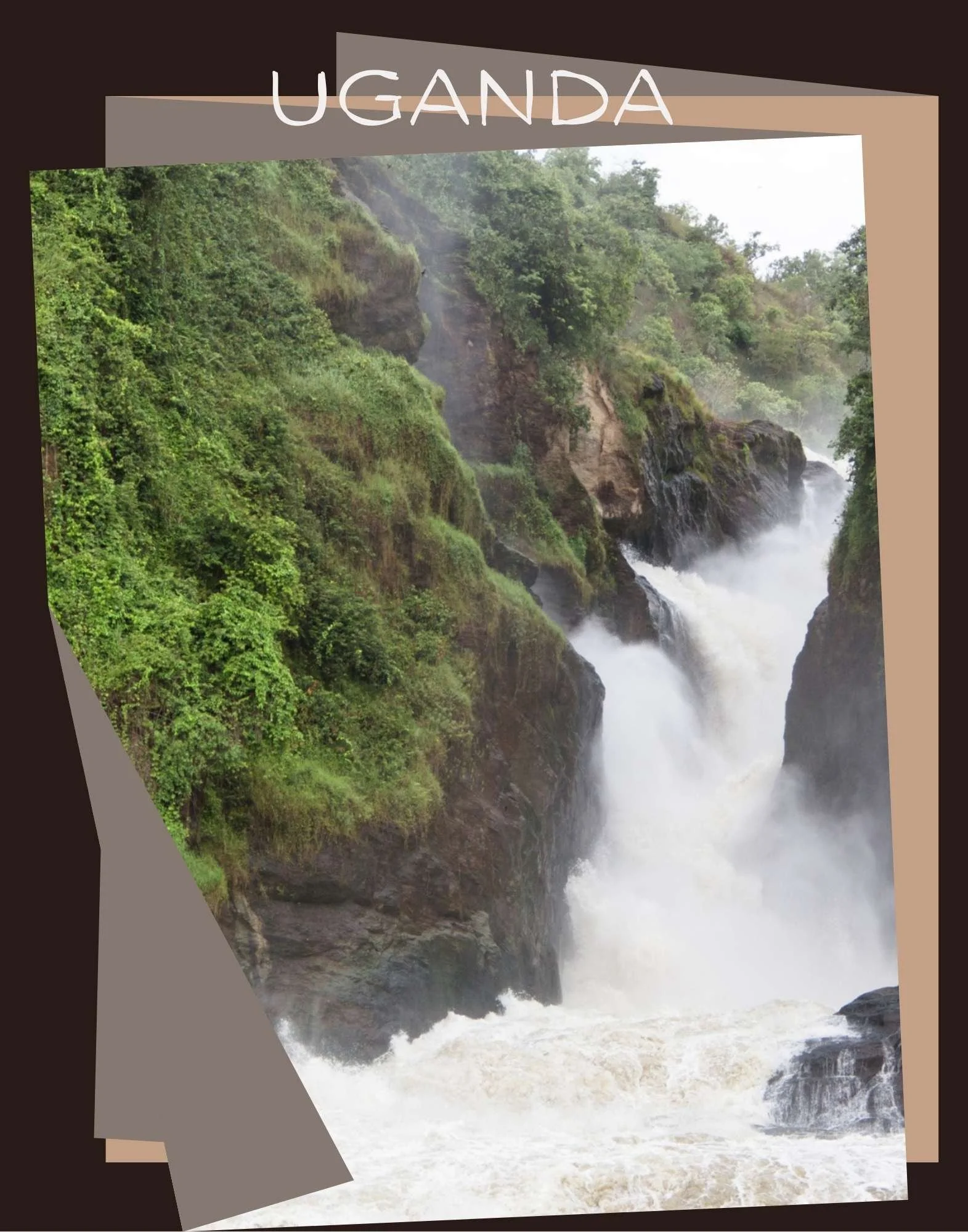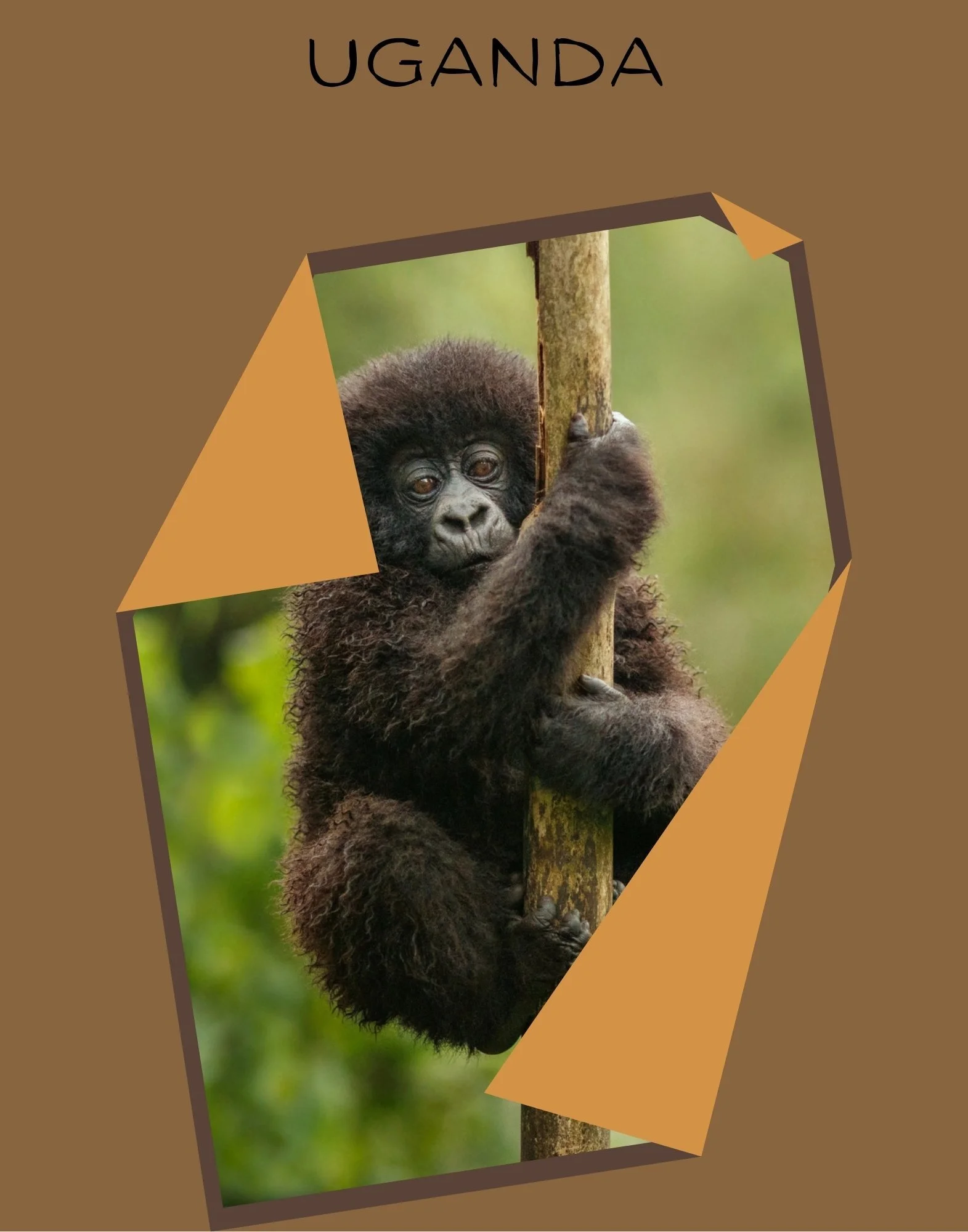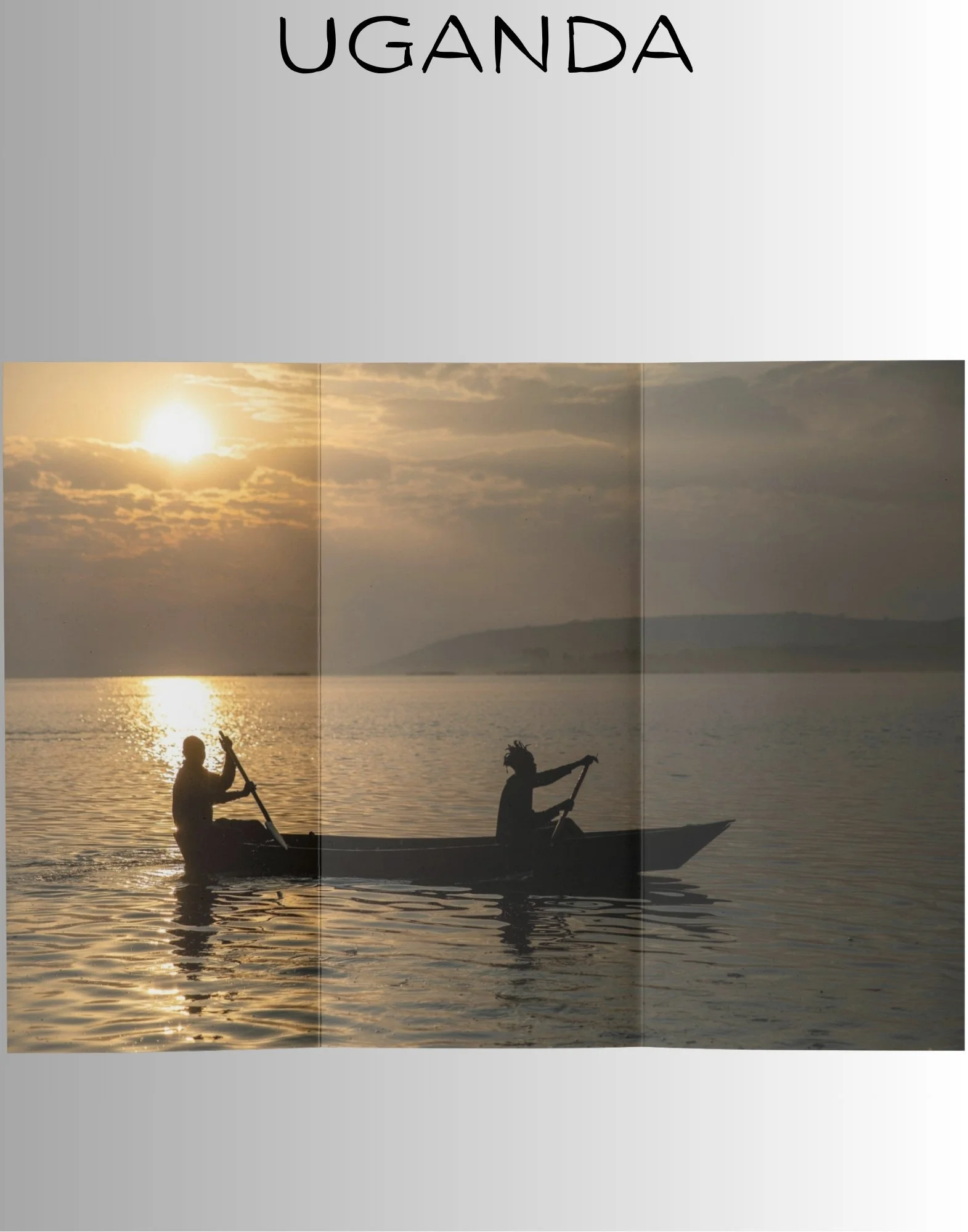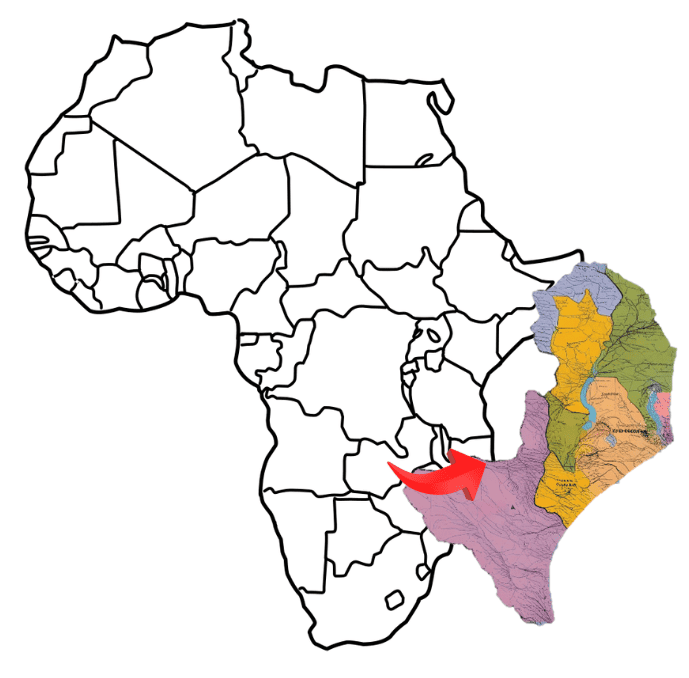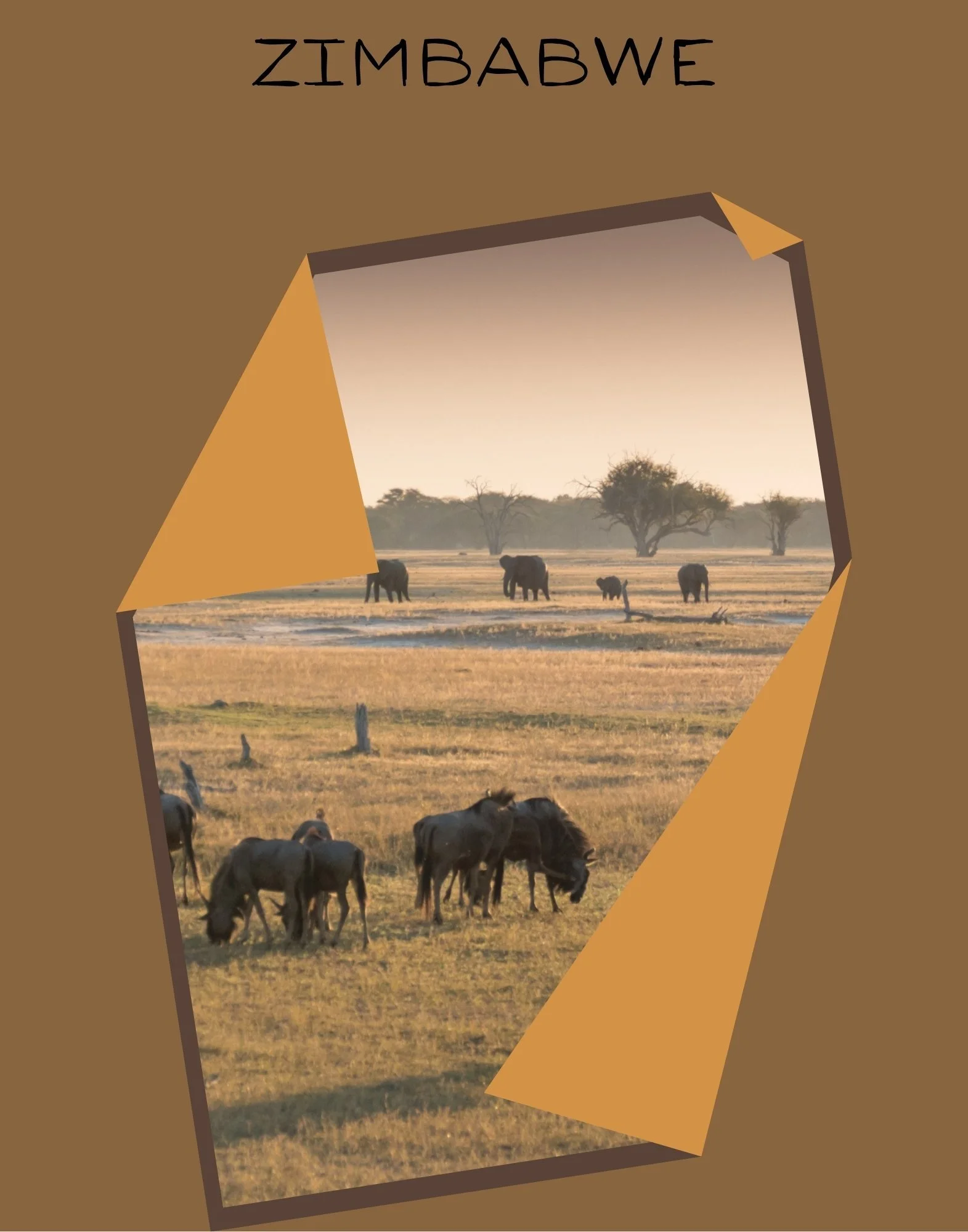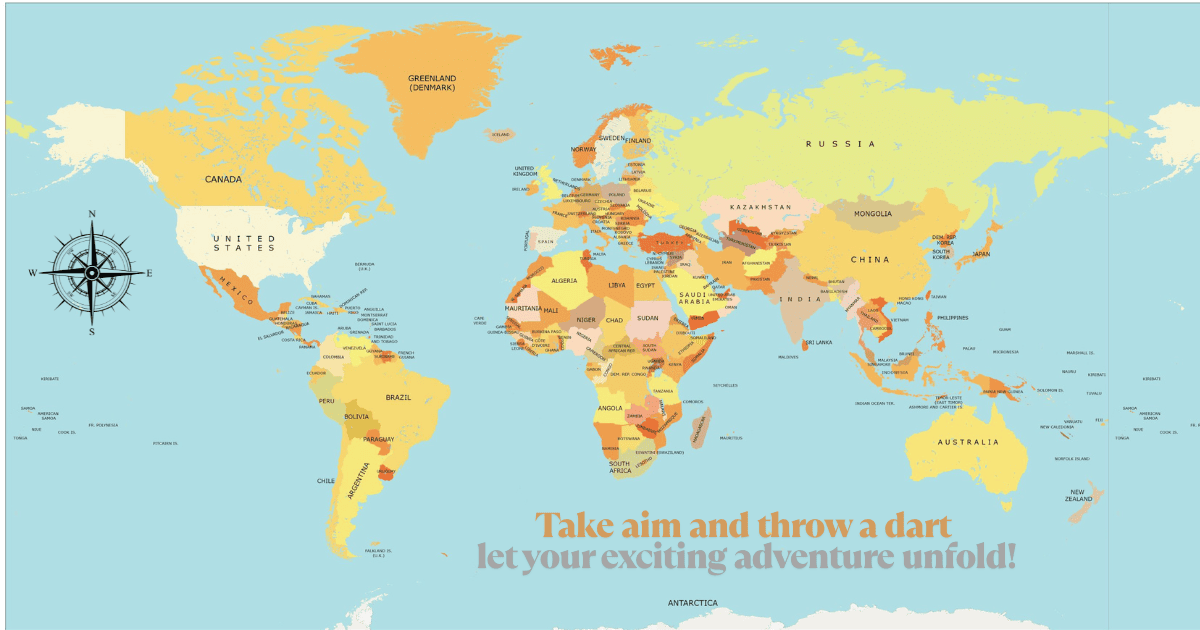
We provide trips to any extraordinary destinations around the globe, but our specialty lies in Sub-Saharan Africa.
Antarctic
If you're seeking an extraordinary adventure, consider setting your sights on Antarctica. The continent provides an unparalleled opportunity to witness massive colonies of penguins, seals, whales, and albatrosses, alongside unique marine life that cannot be found anywhere else on Earth. Its stunning landscapes boast towering icebergs, vibrant blue glaciers, snow-covered mountains, and the serene silence of untouched nature. Among its most notable scenic locations are Deception Island, with its surreal volcanic landscape; the dramatic Lemaire Channel, often dubbed the "Kodak Gap" for its breathtaking photo opportunities; and the serene beauty of Paradise Bay, where visitors can experience the tranquility of nature in its purest form.
Scientifically and environmentally significant, Antarctica plays a crucial role in the global study of climate change, ecosystems, and Earth's atmosphere. Its unique position and conditions make it an invaluable natural laboratory for understanding our planet's past, present, and future. Additionally, Antarctica holds the unique distinction of being the only continent without a military presence or commercial exploitation, highlighting its role as a beacon of international peace and scientific inquiry.
-
Antarctica is a truly remarkable and distinctive continent, governed under the comprehensive Antarctic Treaty System, which has been signed by over 50 countries. This treaty not only preserves the continent for peaceful purposes but also ensures its protection for scientific research and international cooperation. Unlike any other continent, Antarctica does not have a permanent population. However, between 1,000 and 5,000 people, including scientists, researchers, and support staff, reside there temporarily, contributing to significant scientific advancements and understanding of our planet. This vast land covers approximately 5.4 million square miles (14 million km²), making it twice the size of Australia, a fact that underscores its immense scale and the breadth of unexplored territories it offers.
-
Antarctica also presents opportunities for pure adventure travel, offering activities that cater to thrill-seekers and nature enthusiasts alike. From exhilarating Zodiac landings on ice and uninhabited islands to the invigorating experience of sea kayaking amidst icy waters, there is no shortage of ways to explore this icy wilderness. For those inclined towards land-based adventures, hiking and mountaineering across its rugged terrain provide a challenging yet rewarding experience. And for the bravest adventurers, the daring polar plunge offers an unforgettable moment of immersion into the frigid Antarctic waters.
As one of the most remote and least visited places on Earth, Antarctica offers a truly immersive experience of the “seventh continent.” This rare and transformative journey into one of the planet’s last great wildernesses makes it a must-visit destination for those seeking to experience the raw beauty and awe-inspiring majesty of nature in its most pristine form. Whether you're drawn by the allure of its untouched landscapes or the scientific intrigue it presents, a visit to Antarctica promises memories and insights that will last a lifetime.
Arctic
-
The Arctic is an expansive and captivating region that encircles the North Pole, touching parts of eight different countries. It encompasses the Arctic Ocean, a vast polar ice cap, expansive tundra, and the northernmost areas of these nations, spreading across an impressive 5.5 million square miles (14 million km²). This immense area is composed of oceanic waters, extensive sea ice, and northern landmasses.
The Indigenous peoples of the Arctic, such as the Inuit in Canada, Greenland, and Alaska, the Sámi in Norway, Sweden, and Finland, and groups like the Chukchi and Nenets in Russia, have thrived in these harsh climates for thousands of years. They uphold rich traditions, languages, and lifestyles that are intricately connected to their environment. In addition to the traditional ways of life, modern Arctic cities such as Tromsø in Norway, Nuuk in Greenland, Barrow/Utqiaġvik in Alaska, and Murmansk in Russia have also emerged in this region, blending contemporary life with ancient cultures.
-
For adventure seekers, the Arctic presents a myriad of opportunities, from kayaking in the shadow of towering glaciers, hiking across the untouched tundra, embarking on Arctic cruises, exploring ice caves, to exhilarating snowmobiling rides. The region is not only a destination for thrill-seekers but also a critical hub for climate and scientific research. Stations in places like Svalbard and Greenland offer invaluable firsthand insights into climate change and its global impacts, making the Arctic a vital area for understanding our planet's future.
A diverse array of unique wildlife calls the Arctic home, including majestic polar bears, elusive Arctic foxes, herds of reindeer, sturdy musk oxen, as well as various species of whales, walruses, seals, and rare Arctic birds. The landscapes themselves are equally mesmerizing, featuring vast, open tundras, majestic fjords, towering glaciers, and floating icebergs that drift across the ocean. The phenomena of the midnight sun in summer, when the sun does not set, and the polar night in winter, when darkness prevails, add to the region's enchanting allure.
The Arctic is also one of the foremost locations to witness the breathtaking Aurora Borealis, or Northern Lights, especially during the long winter months. Visitors to the region can immerse themselves in the vibrant cultures of Indigenous communities through experiences like dog sledding with Sámi guides or visiting traditional Inuit villages.
Asia
-
Asia, the largest continent on Earth, spans approximately 17.2 million square miles, accounting for about 30% of the planet's total land area. This vast expanse is divided into several distinct regions, including East Asia, Southeast Asia, South Asia, Central Asia, West Asia, and Northern Asia. Among these, Russia holds the largest geographical territory within Asia, contributing significantly to its expansive landscape.
With a population surpassing 4.7 billion people, Asia is home to over 60% of the world's entire population. This incredible demographic diversity is reflected in the myriad of ethnic groups residing across the continent. Notable among these are the Han Chinese, Arabs, Persians, South Asians, Mongols, Turks, Malays, and an abundance of Indigenous communities, each contributing to Asia's rich cultural tapestry. The continent is also a linguistic treasure trove, with thousands of languages spoken, including major ones like Mandarin, Hindi, Arabic, Japanese, Russian, Bengali, Thai, Korean, and Vietnamese.
-
The natural beauty of Asia is as varied as it is stunning. The continent is blessed with an array of landscapes, from lush tropical rainforests and the soaring peaks of the majestic Himalayas to expansive deserts, vibrant coral reefs, and picturesque rice terraces. For wildlife enthusiasts, Asia offers encounters with magnificent creatures like elephants, tigers, orangutans, and the elusive snow leopards, all set within their natural habitats.
In addition to its natural and cultural attractions, Asia provides numerous opportunities for wellness and spiritual travel. Visitors can practice yoga in the tranquil surroundings of India, participate in meditation retreats in the serene landscapes of Thailand, indulge in rejuvenating hot springs in Japan, or experience temple stays in the tranquil settings of South Korea, each promoting physical and spiritual well-being.
Traveling in Asia can be an affordable adventure, particularly in regions like Southeast Asia, where luxury experiences come at a fraction of the usual cost, making it an attractive destination for budget travelers and digital nomads seeking both adventure and affordability.
Modern cities such as Tokyo, Seoul, and Singapore exemplify Asia's remarkable blend of innovation and tradition, standing alongside centuries-old temples and floating villages. This juxtaposition of cutting-edge modernity and enduring traditions paints a vivid picture of a continent that continuously evolves while honoring its rich history.
Asia's cultural heritage is nothing short of extraordinary. It is dotted with ancient temples, mosques, palaces, and historical ruins that tell stories of civilizations long past. Some of its most renowned UNESCO World Heritage Sites include the awe-inspiring Angkor Wat in Cambodia, the iconic Great Wall of China, and the breathtakingly beautiful Taj Mahal in India, each drawing millions of visitors with their historical and architectural significance.
When it comes to cuisine, Asia is celebrated worldwide for its diverse and flavorful offerings. The continent's culinary landscape is a feast for the senses, featuring dishes like the vibrant Thai street food, the delicate artistry of Japanese sushi, the aromatic spices of Indian curries, the savory delights of Korean BBQ, and the comforting variety of Chinese dim sum. These dishes represent just a fraction of the culinary experiences that position Asia as a global gastronomic hub.
Botswana
Renowned for its rich cultural identity, warm hospitality, and tranquil society, Botswana is deeply connected to both nature and tradition. It is often celebrated as one of Africa's quiet success stories, boasting a stable and peaceful environment.
Botswana is famous for offering exceptional wildlife viewing opportunities, particularly in the Okavango Delta, a UNESCO World Heritage Site known for its stunning biodiversity. Chobe National Park is home to vast herds of elephants, while the Moremi Game Reserve provides an ideal setting for spotting the iconic Big Five. It is regarded as one of Africa’s premier destinations for observing wildlife in their natural habitats. The country is recognized as one of Africa’s most stable democracies, featuring low crime rates and strong conservation laws. As a leader in eco-tourism, Botswana promotes low-impact, high-quality tourism by limiting tourist numbers to protect delicate ecosystems and ensure unique experiences for visitors.
The landscapes of Botswana are incredibly diverse, ranging from the lush wetlands of the Okavango Delta to the expansive salt pans of Makgadikgadi and the breathtaking beauty of the Kalahari Desert. Visitors can immerse themselves in the cultural richness by visiting San (Bushmen) communities to learn traditional skills, discovering ancient rock art at the Tsodilo Hills, and interacting with the welcoming local communities that call Botswana home.
-
Botswana, nestled in the heart of Southern Africa, is a captivating landlocked country bordered by Namibia, Zimbabwe, Zambia, and South Africa. Spanning an impressive area of 224,610 square miles (581,730 km²), it is roughly equivalent in size to the vast state of Texas. The population stands at approximately 2.7 million people, predominantly composed of the Tswana ethnic group. Alongside them, the Kalanga people and the indigenous San, or Bushmen, who are traditional hunter-gatherers of the Kalahari Desert, make up the rich tapestry of Botswana's cultural heritage. Additionally, there are small but notable communities of Europeans and Asians residing within the country. The official language is English, while Setswana is widely spoken throughout the nation, reflecting its diverse linguistic identity.
Gaborone serves as the bustling capital city, while other significant urban centers include Francistown, Maun, and Kasane, each offering its own unique charm and character. The official currency is the Botswana Pula (BWP), yet travelers will find that US dollars, Pound Sterling, Euro, and South African Rand are also commonly accepted. It's advisable to carry cash for purchasing camp souvenirs or giving tips, as some camps only accept Visa and Mastercard, excluding American Express and Diners Club.
-
Top travel highlights in Botswana include mesmerizing sunset boat cruises along the Chobe River, serene mokoro (canoe) excursions in the Okavango Delta, witnessing large zebra migrations across the Makgadikgadi Pans, walking with San trackers in the Kalahari, and stargazing under one of the darkest skies on Earth. The Okavango Delta, a unique inland delta teeming with wildlife, is best explored by canoe, offering an unparalleled adventure. Botswana's wildlife policy strictly prohibits hunting in public parks and enforces stringent anti-poaching measures. Many lodges offer exclusive, small-group safari experiences, ensuring a personalized touch, while tourism revenue supports both wildlife conservation and local communities. The scenic beauty of Botswana presents remote and pristine landscapes, offering breathtaking vistas unlike any other in Africa, making it a truly unforgettable destination.
Kenya
-
Kenya, a fascinating country located in East Africa, is bordered by several nations, including Uganda, Tanzania, South Sudan, Ethiopia, and Somalia, while also having its southeastern coastline along the Indian Ocean. Its vibrant capital, Nairobi, is a bustling city that serves as the political and economic heart of the country. Kenya spans an impressive area of about 224,081 square miles (580,367 km²), making it roughly equivalent in size to the U.S. state of Texas. This vast nation is home to major urban centers such as Nairobi, Mombasa, Kisumu, and Nakuru, each contributing uniquely to Kenya's cultural and economic landscape.
Looking ahead to 2025, Kenya's population is projected to reach approximately 55 million. This population is vibrantly diverse, comprising over 40 distinct ethnic communities, such as the Kikuyu, Luhya, Luo, Kalenjin, Kamba, and Maasai. The country's official languages are English and Swahili, yet a tapestry of local dialects contributes to its linguistic richness. Kenyan culture is deeply rooted in its traditions, reflected in its music, dance, crafts, oral storytelling, and traditional attire, all intimately tied to the land and its abundant wildlife.
-
Cultural diversity is one of Kenya's highlights, where visitors can engage with the Maasai, Samburu, and other tribes, visit cultural villages, or participate in traditional ceremonies. Nairobi, rapidly evolving as a tech and cultural hub, provides a blend of urban and natural attractions, with national parks, a buzzing nightlife, and museums showcasing African art and history.
Some of the top experiences in Kenya include witnessing the breathtaking wildebeest migration in Maasai Mara, taking a hot air balloon safari at sunrise, and relaxing on the immaculate white sand beaches of Diani or Lamu. Visitors can also explore the Giraffe Centre and Elephant Orphanage in Nairobi, delve into ancient Swahili history in Lamu Old Town, or embark on a trek to the summit of Mount Kenya.
Kenya truly stands out as one of Africa's most iconic travel destinations, offering a remarkable and unforgettable blend of adventure, wildlife, and cultural heritage. It is a paradise for photographers, nature enthusiasts, families, and travelers seeking authentic African experiences, each leaving with memories of Kenya's breathtaking landscapes and warm, welcoming people.
The country's geography is marked by a rich diversity of natural features, including expansive savannas, majestic mountains, the awe-inspiring Great Rift Valley, and several beautiful lakes. The coastal region is adorned with stunning beaches and vibrant coral reefs. Among its natural wonders is Mount Kenya, standing as the second-highest peak in Africa, offering breathtaking vistas and challenging climbs for enthusiasts.
Kenya is a magnet for travelers, drawn by its iconic wildlife safaris that promise sightings of the Big Five: lion, leopard, elephant, buffalo, and rhino. Renowned national parks like Maasai Mara, Amboseli, Tsavo, Samburu, and Lake Nakuru offer unforgettable experiences and encounters with nature. One of the world's most spectacular natural events, the Great Migration, takes place here, as millions of wildebeest and zebras make their perilous crossing of the Mara River between July and October.
The Indian Ocean coastline of Kenya is equally captivating, with pristine white sand beaches at Diani, Malindi, Lamu, and Watamu, ideal for activities like snorkeling and diving. These locations also offer a chance to immerse in Swahili culture. For adventure seekers, Kenya presents opportunities to scale Mount Kenya, explore the dramatic landscapes of the Great Rift Valley, visit volcanic lakes and hot springs, or enjoy birdwatching with over 1,100 bird species.
Madagascar
Madagascar provides a plethora of reasons to visit, renowned for its extraordinary wildlife, with an astounding 90% of species found nowhere else on Earth. This includes the iconic lemurs, vibrant chameleons, towering baobab trees, and the elusive fossa. Unlike other African destinations, the island’s wildlife showcases unique evolutionary traits, adding to its allure. The island also boasts remarkable natural diversity, with landscapes that range from lush rainforests to arid spiny deserts, rice terraces, majestic mountains, sprawling mangroves, and pristine beaches that stretch along its coastline.
Madagascar is home to several UNESCO World Heritage Sites, such as Tsingy de Bemaraha, famed for its dramatic and unique limestone formations, and the Avenue of the Baobabs, one of Africa’s most photographed landscapes, offering breathtaking views, especially at sunset. The island’s remote beaches, such as those on Nosy Be, Île Sainte-Marie, and Anakao, provide excellent opportunities for diving, snorkeling, and whale watching, particularly from June to September, when marine life is most active.
The rich culture and traditions of Madagascar are vividly expressed through its music, dance, cuisine, and spiritual practices, all of which are influenced by African, Southeast Asian, and French traditions. The famadihana, or turning of the bones, is a well-known and profound ancestral celebration that highlights the Malagasy people’s deep respect for their ancestors. For those seeking off-the-beaten-path adventures, Madagascar offers a truly unique experience, with fewer tourists than East or Southern Africa, making it an ideal destination for eco-travelers, biologists, and hikers eager to explore uncharted territories.
-
Madagascar is a captivating country located off the south eastern coast of Africa in the Indian Ocean. Its capital city, Antananarivo, often referred to as “Tana,” serves as the vibrant heart of the nation. Covering approximately 226,597 square miles (587,041 km²), Madagascar is the world’s fourth-largest island, even surpassing France in size. Within its vast expanse, the island features a stunning array of diverse regions, including highlands, a lush rainforest belt, expansive western dry forests, a rugged southern desert, and a coral-rich coastline, each offering unique ecosystems and landscapes.
The population of Madagascar is anticipated to reach around 30 million by the year 2025. The people, predominantly known as Malagasy, embody a rich cultural tapestry with ancestry that includes Southeast Asian, African, and Arab influences. Malagasy is the national language, spoken widely across the country, while French is commonly used in business, government, and educational settings, reflecting the historical ties with France.
-
Among the top experiences in Madagascar are observing the enchanting lemurs in Andasibe-Mantadia National Park or Ranomafana, strolling down the iconic Avenue of the Baobabs during the magical hour of sunset, hiking through the challenging terrain of Tsingy de Bemaraha, and engaging in local rituals to gain insight into Malagasy beliefs and customs. Whale watching is a popular activity from June to September, providing an opportunity to witness these majestic creatures in their natural habitat.
Travelers should be prepared for the adventure, as roads can be rough and travel may be slow, making flying or renting a 4x4 vehicle often necessary for reaching remote destinations. While knowledge of French is beneficial, English is not widely spoken outside tourist areas. Basic medical facilities are limited outside urban centers, so having insurance and basic medications is essential for a safe journey. Additionally, power and water supply may be inconsistent in rural regions, requiring travelers to plan accordingly.
In conclusion, Madagascar is a uniquely biodiverse nation offering an unparalleled blend of extraordinary wildlife, vibrant cultural heritage, and breathtaking, untouched landscapes. It appeals to travelers seeking adventure and discovery in an unconventional destination, where the promise of exploration and the allure of the unknown beckon with every step.
Mozambique
-
Mozambique is nestled in south eastern Africa, along the coast of the Indian Ocean. It shares borders with Tanzania, Malawi, Zambia, Zimbabwe, South Africa, and Eswatini, with Maputo as its capital city. Covering around 309,496 square miles (801,590 km²), Mozambique is larger than Texas and ranks as the 35th largest country globally.
By 2025, Mozambique's population is expected to reach about 33 million. The country is primarily home to Bantu ethnic groups, including the Makua, Tsonga, Sena, and Shona. Portuguese is the official language, but there are over 40 local languages spoken, such as Makhuwa, Sena, and Tsonga.
-
Mozambique is a breathtaking, off-the-beaten-path destination offering stunning beaches, a rich cultural tapestry, and authentic adventures. For those in search of a blend of coastal relaxation, wildlife encounters, diving, and cultural experiences away from typical tourist spots, Mozambique promises a unique and unforgettable journey.
Mozambique is celebrated for its lively music and dance, particularly Marrabenta, alongside its vibrant capulana fabrics and captivating art. Its Indian Ocean coastline features hidden beaches with pristine white sands and turquoise waters, providing a tranquil alternative to destinations like Mauritius or Zanzibar. Tofo, the Bazaruto Archipelago, Vilankulo, and Pemba are notable spots for their beauty.
For diving enthusiasts, Mozambique offers world-class scuba diving and snorkeling experiences, where encounters with manta rays, whale sharks, turtles, and dugongs are common. Tofo is especially renowned for its marine biodiversity. The Bazaruto and Quirimbas Archipelagos are perfect for island escapes, featuring luxury lodges, coral reefs, dhow sailing, and idyllic sandbanks.
The national parks, such as Gorongosa and Niassa Reserve, are being revitalized for eco-tourism, making them ideal for birdwatching, wildlife observation, and safaris away from the usual tourist routes. Mozambique's rich Afro-Portuguese heritage is reflected in the colonial architecture found in Maputo and Ilha de Moçambique, a UNESCO World Heritage Site. The local cuisine is a delightful fusion of Portuguese and African flavors, especially in its seafood dishes.
Knowledge of Portuguese is advantageous, as English is often limited outside tourist regions. While infrastructure is improving, expect slower travel times but warm hospitality.
Namibia
-
Namibia, a captivating country located in Southern Africa, is bordered by Angola to the north, Botswana to the east, Zambia to the northeast, South Africa to the south and southeast, and the vast Atlantic Ocean to the west. Its capital city, Windhoek, sits centrally within its expansive borders. Covering approximately 318,772 square miles, Namibia is comparable in size to the combined areas of Texas and California, offering a vast and varied landscape that is both mesmerizing and diverse. The country's terrain is marked by a remarkable array of natural features, including expansive deserts like the Namib, with its iconic towering red sand dunes, rugged coastlines that meet the Atlantic, extensive salt pans, dramatic canyons such as the Fish River Canyon, and sweeping savannas that stretch across the land.
Despite its large size, Namibia has a relatively small population of about 2.7 million as of 2025, making it one of the least densely populated countries in the world. This population is a vibrant tapestry of ethnic diversity, including groups such as the Ovambo, who are the largest ethnic group, Herero, Nama, Damara, and the indigenous San (Bushmen) and Himba peoples. There are also communities of German, Afrikaner, and Portuguese descent, reflecting the country's complex history. While English serves as the official language, communication is enriched by the use of Afrikaans, German, Oshiwambo, Nama/Damara, and several other indigenous languages spoken throughout the country. Namibia's culture is deeply rooted in its people, with rich traditions in crafts, storytelling, and the semi-nomadic lifestyles of communities like the Himba and San, who maintain their ancestral ways of life.
-
Namibia stands out as one of the safest, most visually stunning, and least crowded safari destinations in Africa. Whether you're a first-time visitor or an experienced explorer, the country offers an extraordinary blend of adventure, solitude, and breathtaking scenery, promising an unforgettable experience for anyone fortunate enough to explore its wonders.
Namibia is a land of surreal and breathtaking landscapes, drawing visitors with its natural wonders. The giant red sand dunes of Sossusvlei in the Namib Desert are among the tallest in the world, offering an otherworldly experience. The eerie beauty of the Skeleton Coast, with its shipwrecks and fog-shrouded shores, captivates the imagination. Etosha National Park, with its vast salt pan, is teeming with wildlife, providing opportunities to see black rhinos, desert-adapted elephants, giraffes, cheetahs, and oryx in their natural habitat. The country's excellent road network and low tourist density make it an ideal destination for self-drive safaris, allowing for personal exploration of its stunning vistas and wildlife.
Renowned for its photogenic qualities, Namibia's stark beauty, coupled with its dramatic skies, makes it a favorite among photographers from around the globe. Cultural encounters add depth to any visit, with opportunities to engage with Himba villages and San communities, offering insights into Namibia’s rich and diverse ethnic heritage. The country is perfect for those seeking easy, safe self-drive adventures, with good infrastructure supporting legendary 4x4 trips across its deserts and along its coastlines.
Namibia is also celebrated for its outstanding stargazing opportunities, particularly in the NamibRand Nature Reserve, recognized as one of the world's best dark-sky destinations. Visitors can indulge in top experiences such as climbing the towering Big Daddy Dune in Sossusvlei, embarking on a safari in Etosha National Park, meeting the Himba people to learn about their unique culture, exploring Swakopmund’s charming German colonial architecture and engaging in coastal activities, discovering the ghost town of Kolmanskop with its haunting remnants of a diamond mining past, taking scenic flights over the desolate and haunting Skeleton Coast, and marveling at the night sky's brilliance in the Namib Desert.
North America
-
North America spans an impressive area of approximately 9.5 million square miles (24.7 million km²), establishing itself as the third-largest continent following Asia and Africa. This vast landmass is home to over 23 independent nations, each contributing to its rich tapestry of cultures and histories. The northern region features prominent countries like the United States and Canada, known for their expansive territories and economic prowess. Meanwhile, the central region includes vibrant countries such as Mexico, Belize, and Guatemala, each offering unique cultural and historical narratives. The Caribbean region is a collection of picturesque island nations, including the Bahamas, Cuba, Jamaica, and the Dominican Republic, each celebrated for their stunning beaches and cultural diversity.
With a population of around 600 million people, North America is a vibrant mosaic of ethnic and cultural diversity. Indigenous peoples, including the Inuit, First Nations, Mayan, and Garifuna, are integral to the continent’s rich heritage and history. European descent is prominently observed in the United States, Canada, and parts of the Caribbean, while African heritage significantly influences the cultures of the Caribbean and regions within Central America. Latin American cultures flourish in Mexico, Central America, and the Hispanic Caribbean. A multitude of languages are spoken across the continent, with English, Spanish, and French being widely used, alongside numerous Indigenous languages and Creoles that add to the linguistic richness.
-
For travelers from the United States, North America is conveniently accessible, with many destinations reachable by short flights or even a drive to Canada, Mexico, and parts of Central America. Many locations do not require a visa for U.S. passport holders, making travel straightforward and hassle-free. The continent offers a diverse mix of beaches, forests, and cities, allowing visitors to indulge in skiing, hiking, surfing, and museum exploration, often within the span of a single trip.
Ultimately, North America presents an unparalleled diversity as a travel destination. From bustling cosmopolitan cities to ancient ruins, from the icy expanses of arctic tundras to the sun-drenched beaches of the Caribbean, and from vast national parks to vibrant cultural hubs, it offers an ideal blend of accessibility, stunning landscapes, safety, and cultural variety that promises unforgettable experiences for explorers and adventurers alike.
The continent is divided into several major regions, each distinguished by its own unique characteristics and natural beauty. Northern North America, which comprises Canada and the United States, is renowned for its advanced economies, diverse climates ranging from arctic cold to temperate warmth, and vast, breathtaking landscapes that include everything from dense forests to sprawling prairies. Central America, stretching from Belize to Panama, is a treasure trove of tropical rainforests, rich biodiversity, and vibrant, colorful cultures that celebrate both ancient traditions and modern life. The Caribbean is often hailed as a beach paradise, offering a harmonious blend of colonial architecture and Indigenous cultures, with an inviting atmosphere and warm hospitality.
For travelers, North America offers an astonishing array of experiences, thanks to its remarkable natural diversity. The continent is home to iconic natural wonders, including the majestic Rocky Mountains, the awe-inspiring Grand Canyon, the serene beauty of Yosemite National Park, and the thundering Niagara Falls in the United States and Canada. Central America boasts impressive volcanoes, lush jungles, and shimmering lakes, providing adventurers with endless opportunities for exploration. The Caribbean invites visitors to unwind on its pristine beaches and explore vibrant coral reefs teeming with marine life.
Culturally, North America is a fascinating blend of Indigenous heritage, colonial history, and modern urban life. The continent is alive with music, cuisine, and festivals. In the United States, genres like Jazz and Country thrive, while the Caribbean and Central America pulse with the rhythms of Reggae, Salsa, and Garifuna music. Culinary enthusiasts will find a world of delights, from the spicy street tacos of Mexico to the comforting poutine of Canada, the savory jerk chicken of Jamaica, and the fresh lobster rolls of New England. Cities such as New York, Montreal, Mexico City, New Orleans, and Havana offer thriving culinary scenes that tantalize the taste buds.
Rwanda
-
Rwanda, located in East-Central Africa, shares its borders with Uganda, Tanzania, Burundi, and the Democratic Republic of the Congo (DRC). The capital city is Kigali. The country covers an area of approximately 10,169 square miles, or 26,338 square kilometers, which is similar in size to the U.S. state of Maryland. Rwanda is often referred to as the "Land of a Thousand Hills," a name that reflects its lush, green hills and volcanic landscapes.
The estimated population for 2025 is approximately 14 million. The ethnic composition primarily consists of Banyarwanda, which includes three historical groups: Hutu, Tutsi, and Twa. Kinyarwanda serves as the official language and is spoken by nearly the entire population. English and French are also official languages and are commonly used, while Swahili is spoken, especially in trade contexts. Strong emphasis on community, unity, and resilience, especially in post-genocide healing. Traditional dance, drumming, and crafts are prominent in Rwandan cultural life.
-
In Rwanda, the rich culture and contemporary art scene are not to be missed. Explore Kigali's vibrant art scene, including the Inema Arts Center, and immerse yourself in traditional Intore dance, crafts, and music.
Exploring Rwanda offers a range of unforgettable experiences, such as gorilla trekking in Volcanoes National Park, chimpanzee tracking, and a canopy walk in Nyungwe Forest. Visitors can also enjoy a thrilling Big Five safari in Akagera National Park or relax by the tranquil shores of Lake Kivu. In Kigali, the vibrant art scene and charming coffee shops are a delight to discover.
Rwanda stands out as one of Africa’s most inspiring destinations, offering world-renowned gorilla trekking, breathtaking landscapes, and a rich cultural tapestry. Its journey of resilience has transformed it into a beacon of hope. With robust infrastructure, high safety standards, and minimal corruption, Rwanda is an ideal entry point for travelers seeking a meaningful, nature-oriented experience.
Rwanda boasts remarkable biodiversity, featuring Volcanoes, Akagera, and Nyungwe National Parks. These parks provide exciting experiences such as Big Five safaris in Akagera, canopy walks through the Nyungwe Rainforest, and exceptional birdwatching opportunities.
Kigali is renowned for being one of Africa's cleanest, safest, and most contemporary capitals. The city enforces a ban on plastic bags and has strong environmental policies in place, complemented by initiatives that promote cleanliness across the city.
Powerful History & Healing include a visit the Kigali Genocide Memorial to learn about Rwanda's tragic past and extraordinary recovery. Rwanda is a global model of reconciliation, gender equity, and resilience
Adventure and scenic beauty beckon at Lake Kivu, where you can enjoy cycling, hiking, canoeing, and lake excursions in stunning surroundings. Experience breathtaking views featuring hills, tea plantations, and volcanoes.
Rwanda is considered very safe for tourists and solo travelers. Keep in mind that plastic bags are banned, so bringing reusable alternatives is essential. It’s advisable to dress modestly in rural areas and when visiting memorials or churches. English is widely spoken in most tourism-related settings.
South Africa
-
South Africa is the southernmost nation on the African continent, bordered by Namibia, Botswana, Zimbabwe, Mozambique, and Eswatini, while Lesotho is completely surrounded by it. This unique geographical positioning contributes to its diverse cultural and natural landscapes. South Africa has three capital cities: Pretoria serves as the executive capital, Cape Town as the legislative capital, and Bloemfontein as the judicial capital. Covering approximately 471,445 square miles, it is roughly twice the size of Texas, offering vast and varied terrain to explore.
The country is renowned for its diverse geography, showcasing spectacular beaches, majestic mountains, arid deserts, lush vineyards, expansive savannas, and vibrant urban centers bustling with life and culture. With an estimated population projected to reach 61 million by 2025, South Africa embodies the essence of a "Rainbow Nation," a term that reflects its blend of African traditions and European influences. The population is predominantly Black African, complemented by White, Coloured (mixed race), and Indian/Asian communities. South Africa recognizes 11 official languages, with Zulu, Xhosa, Afrikaans, and English being the most widely spoken. English is predominantly used in business and tourism, facilitating communication in these spheres.
-
Overall, South Africa offers a compelling mix of relaxation and adventure, with its world-famous safaris, modern cities, rich history, and stunning natural wonders, all at excellent value compared to many Western nations. Whether you're seeking the thrill of a wildlife encounter, the charm of a cultural exploration, or simply a peaceful retreat amidst nature’s splendor, South Africa promises an unforgettable journey filled with diverse experiences.
South Africa is a captivating destination that offers a rich tapestry of experiences, from iconic safari adventures to vibrant city life. It boasts a thriving wine and culinary scene, as well as stunning coastlines that draw visitors from around the world. Kruger National Park is one of the world’s premier locations for observing the Big Five, while cities like Cape Town and Johannesburg offer a wealth of cultural richness and historical insights. The Cape Winelands are famed for their scenic beauty and excellent value, and the diverse coastline provides opportunities for thrilling activities such as whale watching and shark cage diving.
The country's history and cultural diversity are vividly displayed in sites like Soweto, traditional Zulu homesteads, and key locations associated with Nelson Mandela’s life and legacy. The breathtaking natural beauty of landmarks such as Table Mountain and the Drakensberg Mountains further enhances the visitor experience, offering countless opportunities for exploration and adventure.
South America
-
South America is one of the seven continents, predominantly situated in the Southern Hemisphere, and it is a land of immense diversity and natural beauty. Spanning approximately 6.89 million square miles (17.84 million km²), it is the fourth largest continent in terms of area. Comprising 12 sovereign nations—Brazil, Argentina, Colombia, Chile, Peru, Venezuela, Ecuador, Bolivia, Paraguay, Uruguay, Guyana, and Suriname—South America offers a vast array of geographical features and cultural experiences. Additionally, French Guiana is part of this vibrant region as an overseas department of France. The continent's landscape is incredibly diverse, with breathtaking natural wonders such as the vast Amazon rainforest, the towering Andes mountains, the majestic glaciers of Patagonia, the arid expanses of the Atacama desert, and the tranquil tropical beaches and wetlands like the Pantanal.
With a population of around 430 million people, South America is home to a rich tapestry of ethnicities and cultures. Indigenous groups such as the Quechua, Aymara, and Guarani coexist alongside descendants of Europeans, including Spanish, Portuguese, Italian, and German communities. Afro-descendant populations are significant in countries like Brazil, Colombia, and Venezuela, while Mestizo groups, a blend of Indigenous and European ancestry, are widespread across the continent. Linguistically, South America is diverse: Spanish is predominantly spoken across most countries, while Portuguese is the primary language in Brazil. Indigenous languages like Quechua, Guarani, and Aymara hold official or recognized status in several areas. Additionally, Dutch is spoken in Suriname, French in French Guiana, and English is the official language of Guyana.
Culturally, South America is a vibrant and dynamic continent, with a rich tradition in music, dance, festivals, literature, and cuisine. Iconic music genres such as samba, tango, cumbia, and reggaeton are integral to the cultural landscape and resonate throughout the world.
-
South America promises an unforgettable blend of adventure, nature, culture, and history. Whether you're eager to hike ancient ruins, delve into dense rainforests, dance to vibrant rhythms, or unwind on sun-kissed tropical beaches, this continent has something to offer every traveler. Its rich ecosystems, deep-rooted indigenous heritage, and lively modern cities make it a remarkable destination for your next journey. From the USA to South America, the adventure of a lifetime awaits.
South America boasts extraordinary natural wonders that beckon travelers from around the globe. The Amazon Rainforest, the world's largest tropical rainforest, is a vast ecosystem teeming with diverse wildlife and lush vegetation. The Andes Mountains, the longest mountain range in the world, feature breathtaking peaks and valleys. The stunning Iguazu Falls is celebrated as one of the most breathtaking waterfalls globally, with its powerful cascades and lush surroundings. Patagonia, with its awe-inspiring glaciers, fjords, and stunning landscapes, offers a serene escape into nature's wonders. The Galápagos Islands, known for their unique wildlife and pristine environments, provide an unparalleled experience for nature enthusiasts.
The continent's cities, including Rio de Janeiro, Buenos Aires, Bogotá, Lima, and Santiago, are a fusion of colonial architecture and contemporary culture. Historical sites like Machu Picchu in Peru, the charming streets of Cartagena in Colombia, and the historic center of Quito in Ecuador add depth to its rich heritage and provide visitors with a glimpse into the past.
Cultural richness is celebrated through vibrant festivals such as Carnival in Brazil, Inti Raymi in Peru, and Tango festivals in Argentina. The continent's diverse music styles and culinary delights, ranging from the succulent Argentine steak and hearty Brazilian feijoada to the refreshing Peruvian ceviche, add to its allure and offer travelers a taste of the local flavor.
For adventure enthusiasts, South America offers a myriad of thrilling activities. You can trek through the majestic Andes, explore the dense Amazon rainforest, surf along the Pacific coast, ski in the snowy peaks of the Andes, watch wildlife in its natural habitat, and dive into the crystal-clear waters of the continent's coastal regions.
Tanzania
-
Tanzania, a captivating country located in East Africa, is bordered by several nations and the vast Indian Ocean to the east. The official capital city is Dodoma, though Dar es Salaam is the largest city and serves as the main economic hub, bustling with activity and commerce. Spanning an area comparable to the combined size of Texas and California, Tanzania is renowned for its breathtaking landmarks, including the majestic Mount Kilimanjaro, the expansive Serengeti National Park, the remarkable Ngorongoro Crater, and the picturesque Zanzibar Archipelago.
As of 2025, Tanzania's population is projected to reach an impressive 65 million people. The country is a melting pot of over 120 distinct ethnic groups, such as the Sukuma, Chagga, Maasai, and various Swahili-speaking communities. Swahili is the national language, facilitating communication across different regions, while English is commonly used in official and business settings. Numerous tribal languages are spoken throughout the country, reflecting its rich cultural tapestry. Tanzanian culture is vibrant, characterized by its music, dance, and crafts, and boasts a diverse culinary scene influenced by both coastal and inland traditions, offering a delightful array of flavors and dishes.
-
Tanzania offers an unparalleled blend of iconic wildlife encounters, breathtaking landscapes, and vibrant cultural diversity. Whether travelers are seeking a thrilling safari, a challenging mountain adventure, or a relaxing beach escape, Tanzania seamlessly combines these experiences with warm hospitality and stunning natural beauty. This extraordinary destination is not just a place to visit but a world to explore, making it an absolute must-visit for adventurers and explorers alike.
Travelers are drawn to Tanzania for its legendary safari destinations, such as the iconic Serengeti, the Ngorongoro Conservation Area, and national parks like Tarangire and Lake Manyara, which are ideal for birdwatching and elephant sightings. Mount Kilimanjaro, the tallest peak in Africa, offers thrilling trekking opportunities that cater to climbers of all skill levels, from beginners to seasoned adventurers. The country’s stunning beaches and islands, including the enchanting Zanzibar, entice visitors with their turquoise waters, pristine sands, and historical sites like Stone Town, a UNESCO World Heritage Site. Visitors can also immerse themselves in cultural experiences, such as engaging with Maasai warriors, exploring bustling local markets, and discovering the vibrant coastal Swahili culture.
Tanzania is a haven for biodiversity, home to unique species like the endangered black rhinoceros and African wild dogs, with its coastal areas featuring marine parks and thriving coral reefs. For those planning a visit, it is crucial to be aware of the malaria risk present in many regions, making necessary precautions essential. The dry season, spanning from June to October, is optimal for wildlife viewing, providing clear skies and easier access to parks, while the wet season from November to May showcases lush, verdant scenery but may bring increased mosquito activity and some road inaccessibility. Generally considered a safe destination for tourists, Tanzania welcomes travelers who take standard safety measures. Learning a few basic Swahili phrases can greatly enhance the travel experience and is warmly appreciated by locals.
Uganda
-
Uganda, nestled in the heart of East Africa, is a captivating landlocked country bordered by Kenya to the east, South Sudan to the north, the Democratic Republic of Congo to the west, and Rwanda and Tanzania to the south. Its bustling capital city, Kampala, is a vibrant hub of culture and commerce. Covering an expansive area of approximately 93,065 square miles (241,038 km²), Uganda's landmass is slightly smaller than the U.S. state of Oregon. The nation is renowned for its diverse and stunning landscape, which includes expansive savannas, the awe-inspiring Lake Victoria—the largest lake in Africa—and the majestic peaks of the Rwenzori Mountains. Adding to this natural splendor are lush tropical forests that teem with wildlife, and the source of the White Nile, a significant tributary of the Nile River, can be found at Jinja on the shores of Lake Victoria.
By the year 2025, Uganda's population is projected to reach an impressive 48 million people. This vibrant nation is a tapestry of various ethnic groups, with the largest being the Baganda. Other significant ethnic communities include the Banyankole, Basoga, and Bakiga, each adding their unique cultural contributions to the nation's rich heritage. English serves as the official language, widely used in government and educational institutions, while Swahili is also recognized as an official language and is increasingly popular. Luganda is commonly spoken in central Uganda, alongside a plethora of indigenous languages that flourish across different regions. The cultural landscape of Uganda is richly woven with music, dance, and crafts, celebrated with enthusiasm through lively festivals and community gatherings that showcase the country's artistic spirit.
-
Travelers to Uganda should be mindful of malaria risks and ensure they take necessary prophylaxis and use mosquito protection to safeguard their health. Gorilla trekking permits are limited and highly sought after, so it's crucial to book well in advance to secure this unforgettable experience. While Uganda is generally considered safe for tourists, it is wise to adhere to standard travel precautions, particularly in areas near the borders. Visitors should remember that driving is on the left side of the road and, with English being widely spoken, communication is relatively easy for English speakers.
Uganda offers a distinctive African destination filled with extraordinary wildlife encounters, breathtaking landscapes, and warm, welcoming people. Whether you are seeking an unforgettable gorilla trek, an authentic safari adventure, or a deep dive into rich cultural traditions, Uganda beautifully combines adventure, nature, and culture to create an exceptional travel experience that leaves a lasting impression.
Uganda presents a rare and extraordinary opportunity to trek through its breathtaking landscapes and observe endangered mountain gorillas in their natural habitat at Bwindi Impenetrable National Park and Mgahinga Gorilla National Park. This unique experience is considered a once-in-a-lifetime adventure for wildlife enthusiasts. In addition to gorilla trekking, the country offers classic African safaris in Queen Elizabeth National Park and Murchison Falls National Park, where visitors can encounter a dazzling array of wildlife, including elephants, lions, hippos, and the elusive tree-climbing lions. The country's natural beauty is truly breathtaking, with highlights such as Murchison Falls—a stunning waterfall where the Nile River forcefully rushes through a narrow gorge—Lake Victoria, and the soaring Rwenzori Mountains, which are perfect for hiking and climbing adventures.
Uganda is widely recognized for its rich cultural heritage and the warm hospitality of its people. Visitors have the chance to engage with local tribes and communities, gaining insights into traditional customs and lifestyles. Meanwhile, the vibrant city life in Kampala offers a variety of experiences, from bustling markets and lively nightlife to historical landmarks that tell the story of the nation's past. Ugandan cuisine, crafted from fresh local ingredients, offers a delightful culinary journey that reflects the country's diverse cultural influences.
Zambia
-
Zambia, situated in the heart of Southern Africa, is a captivating landlocked nation that shares its borders with eight countries: Tanzania to the northeast, Malawi to the east, Mozambique to the southeast, Zimbabwe to the south, Botswana and Namibia to the southwest, Angola to the west, and the Democratic Republic of Congo to the north. Its capital city, Lusaka, serves as the political and economic hub of the country. Spanning an impressive area of approximately 290,587 square miles (752,618 km²), Zambia is nearly equivalent in size to the state of Texas in the United States. The country's terrain is predominantly characterized by a vast plateau, dotted with hills and mountains, and crisscrossed by significant rivers, including the mighty Zambezi River, celebrated for its breathtaking waterfalls. Among Zambia's natural wonders is the iconic Victoria Falls, shared with Zimbabwe, and the pristine wilderness of the Lower Zambezi National Park, both of which draw visitors from around the globe.
As of projections for 2025, Zambia's population is anticipated to reach approximately 20 million people, representing a rich tapestry of over 70 ethnic groups, including the Bemba, Tonga, Chewa, and Lozi communities. English is the official language, serving as the medium for government, education, and business. In addition to English, major local languages such as Bemba, Nyanja, Tonga, and Lozi are widely spoken, reflecting the country's diverse linguistic heritage. Zambia takes pride in its vibrant cultural legacy, expressed through traditional music, dance, and craftsmanship. Cultural celebrations like the Kuomboka festival of the Lozi people are deeply embedded in the nation's identity and hold significant cultural importance.
-
Zambia is a truly remarkable destination for those in pursuit of majestic natural wonders, wildlife-rich safaris, and genuine cultural experiences away from the bustling crowds. From the awe-inspiring spectacle of Victoria Falls to the wildlife-rich national parks, Zambia promises an unforgettable African adventure that will leave a lasting impression on any traveler fortunate enough to explore its wonders.
For those seeking their next travel adventure, Zambia offers a wealth of attractions. Victoria Falls, famously known as the “Smoke That Thunders,” ranks among the world's largest and most awe-inspiring waterfalls, providing breathtaking views and thrilling activities such as boat cruises, white-water rafting, bungee jumping, and helicopter tours. The country's rich wildlife is another major draw, with national parks like South Luangwa, Lower Zambezi, and Kafue offering exceptional safari experiences. Visitors can partake in walking safaris, boat safaris, and classic game drives, all while encountering an array of wildlife, including large populations of elephants, lions, hippos, and crocodiles, among a diverse range of species.
Zambia's natural beauty is remarkably diverse, encompassing lush forests, expansive river valleys, and sweeping savannahs. It offers a more secluded and off-the-beaten-path experience compared to some neighboring safari destinations. The country is renowned for its warm hospitality and vibrant cultural festivals, which provide travelers with unique opportunities to engage with local traditions and communities.
Travelers should be mindful of certain considerations, such as the risk of malaria, making it advisable to take prophylaxis and use insect repellent. The roads outside of major cities can be challenging, so 4x4 vehicles are recommended for safaris. With English widely spoken, travel is relatively straightforward for English speakers. Zambia is often perceived as safer and less touristy than some of its neighboring countries, making it an ideal destination for adventurous travelers seeking tranquility and authenticity
Zimbabwe
-
Zimbabwe, nestled in the heart of Southern Africa, is a captivating landlocked country bordered by South Africa, Botswana, Zambia, and Mozambique. Its vibrant capital, Harare, serves as the hub of political and cultural activity. Covering an impressive expanse of about 150,872 square miles (390,757 km²), Zimbabwe is slightly larger than the state of California. The country's terrain is a fascinating tapestry of a high plateau dotted with mountains, sweeping savannas, and meandering rivers. Among its most famous natural landmarks are the breathtaking Victoria Falls, shared with Zambia, and the enigmatic Great Zimbabwe ruins, a testament to an ancient city that once thrived here.
By 2025, Zimbabwe's population is projected to reach approximately 16 million, with the majority being Shona, constituting about 70% of the populace. This is followed by the Ndebele people, who make up roughly 20%, alongside other smaller ethnic groups like the Tonga and the Venda. English, the official language, is predominantly used in governmental and business contexts, while Shona and Ndebele are the primary local languages spoken by the people. Zimbabwean culture is a rich tapestry of traditional music, dance, sculpture, and art, with the Great Zimbabwe ruins underscoring the country's historical importance as a pivotal center of early African civilization.
-
When planning a journey to this remarkable country, it's essential to be mindful of the malaria risks in certain regions and take appropriate precautions, such as using prophylaxis and mosquito repellent. Travelers are also advised to carry cash in USD for most transactions and to stay informed about travel advisories due to Zimbabwe's occasionally unpredictable political and economic climate. Thankfully, English is widely spoken, easing communication for visitors.
Zimbabwe is an extraordinary destination that promises stunning natural wonders, a wealth of history, and genuine safari experiences. From the awe-inspiring Victoria Falls to the ancient Great Zimbabwe ruins and the vast, wildlife-rich parks, the country offers a plethora of unforgettable adventures in a more relaxed and less commercialized setting compared to some of its neighboring regions.
The allure of Zimbabwe for travelers is boundless, with its myriad attractions. Victoria Falls, a marvel celebrated as one of the Seven Natural Wonders of the World, enchants visitors with its colossal size and the perpetual mist that rises, earning it the moniker "The Smoke That Thunders." Thrill-seekers can indulge in exhilarating activities such as helicopter rides over the falls, bungee jumping, white-water rafting, and nearby wildlife viewing. The country is also a sanctuary for diverse wildlife, with national parks like Hwange National Park, Zimbabwe's largest game reserve, and Mana Pools National Park, a UNESCO World Heritage Site renowned for unforgettable walking safaris and canoeing adventures.
For those with a passion for history and culture, the Great Zimbabwe Ruins offer a fascinating glimpse into an ancient stone city and archaeological treasure. Visitors can also explore local crafts and art markets, which showcase the exquisite traditional Zimbabwean stone sculptures and vibrant textiles. For those yearning for more authentic experiences away from the tourist crowds, Zimbabwe provides off-the-beaten-path safaris and unique cultural interactions with its warm and welcoming locals.




